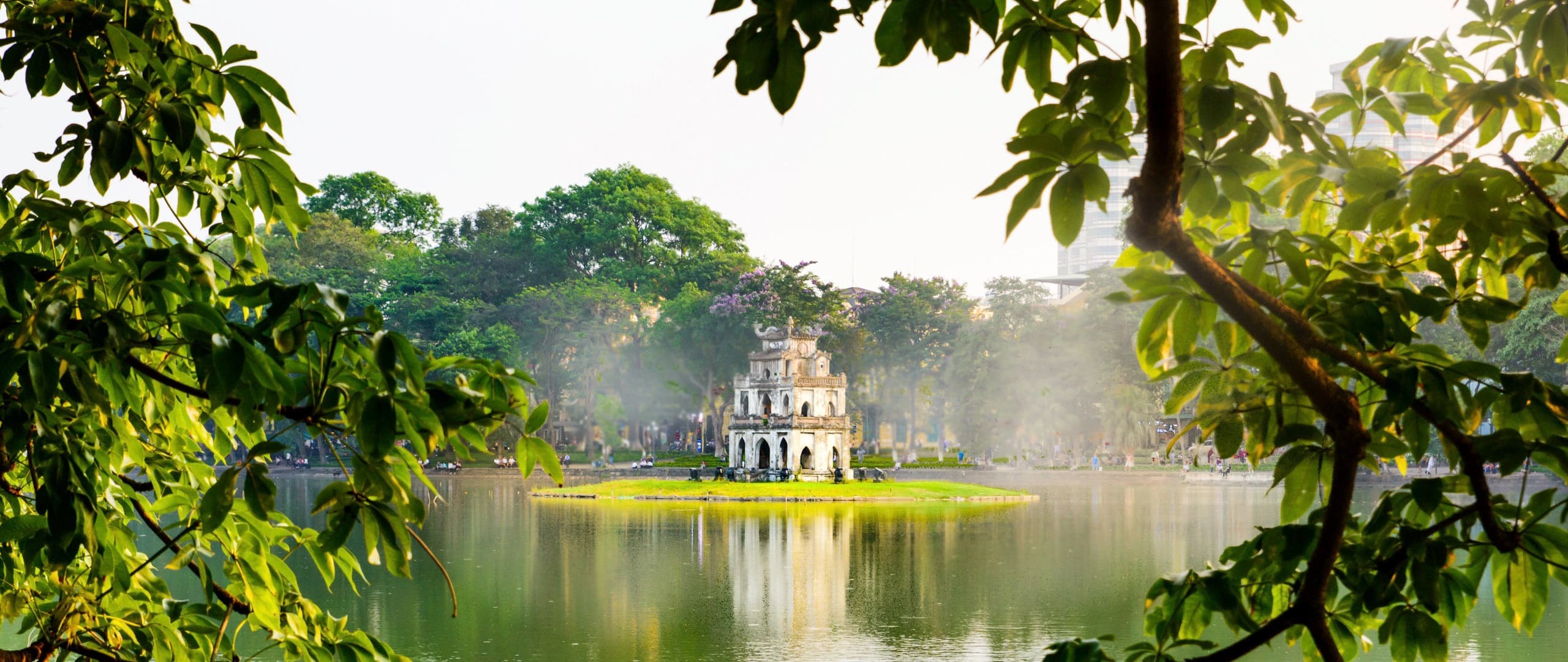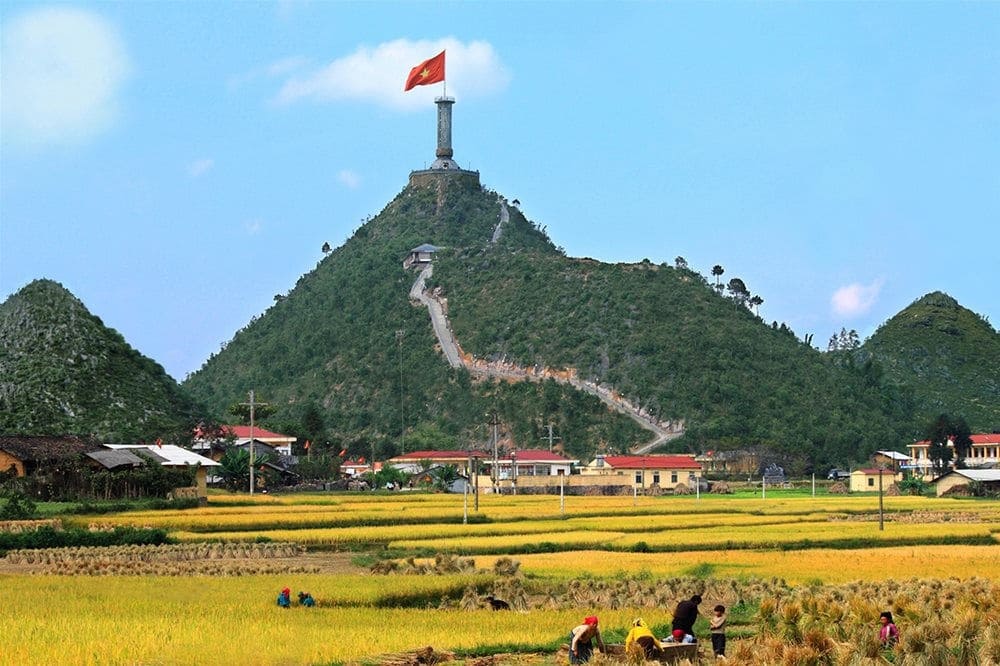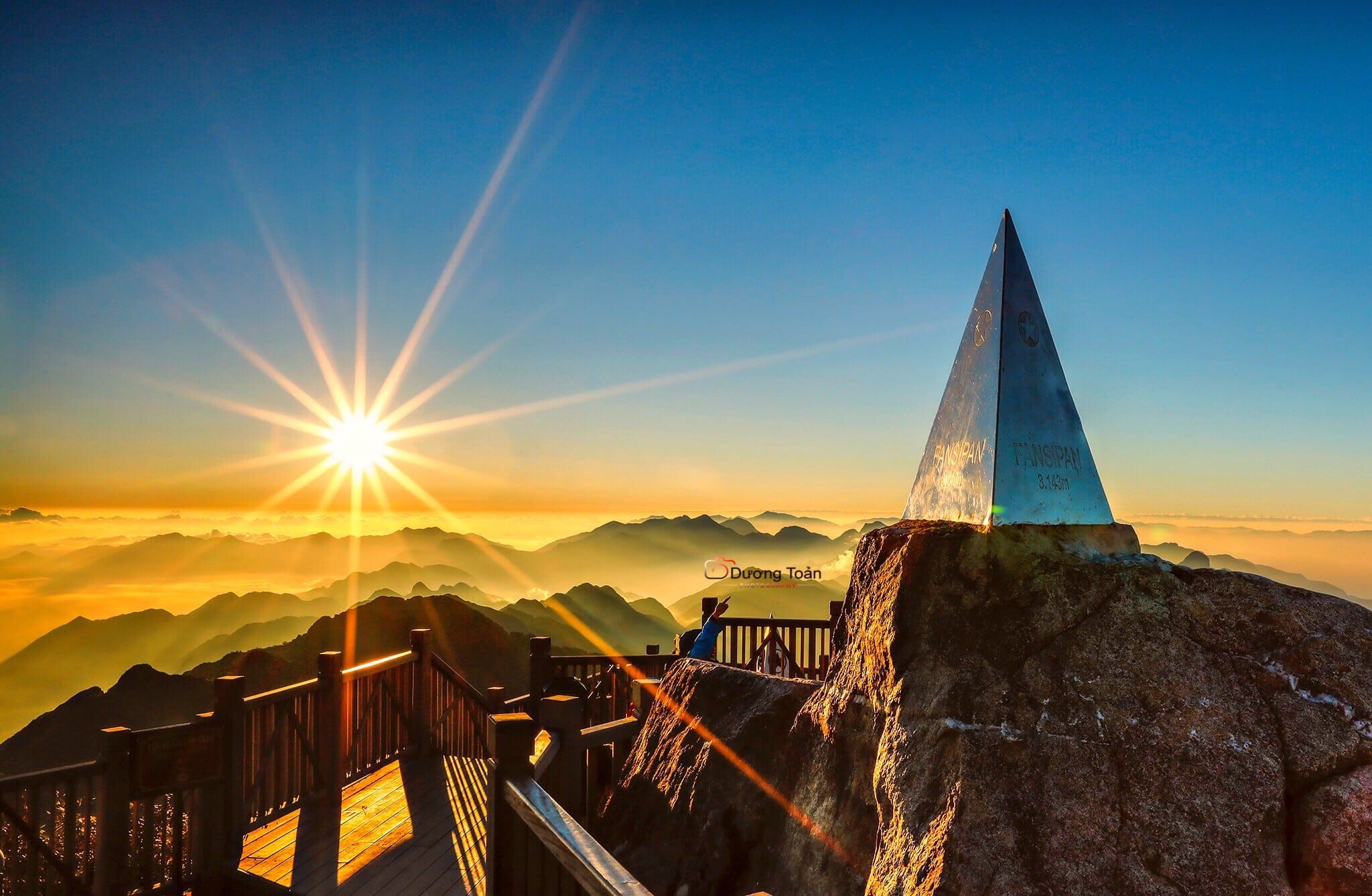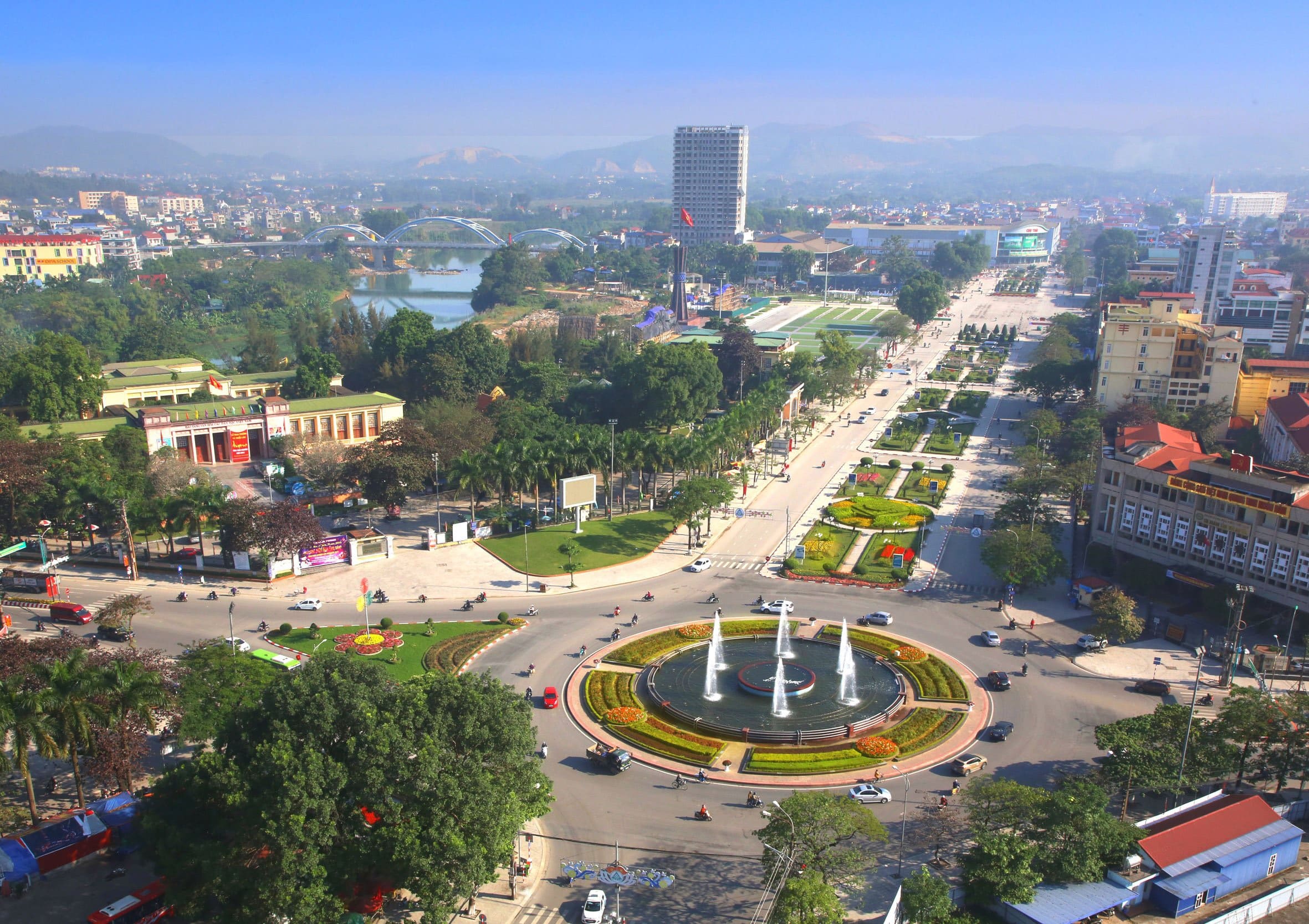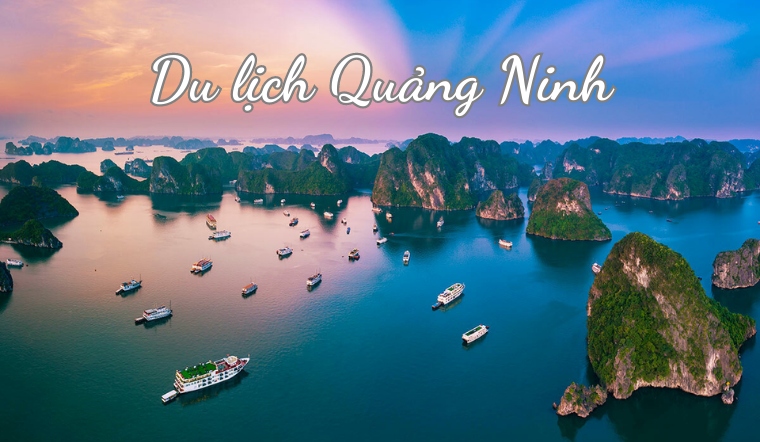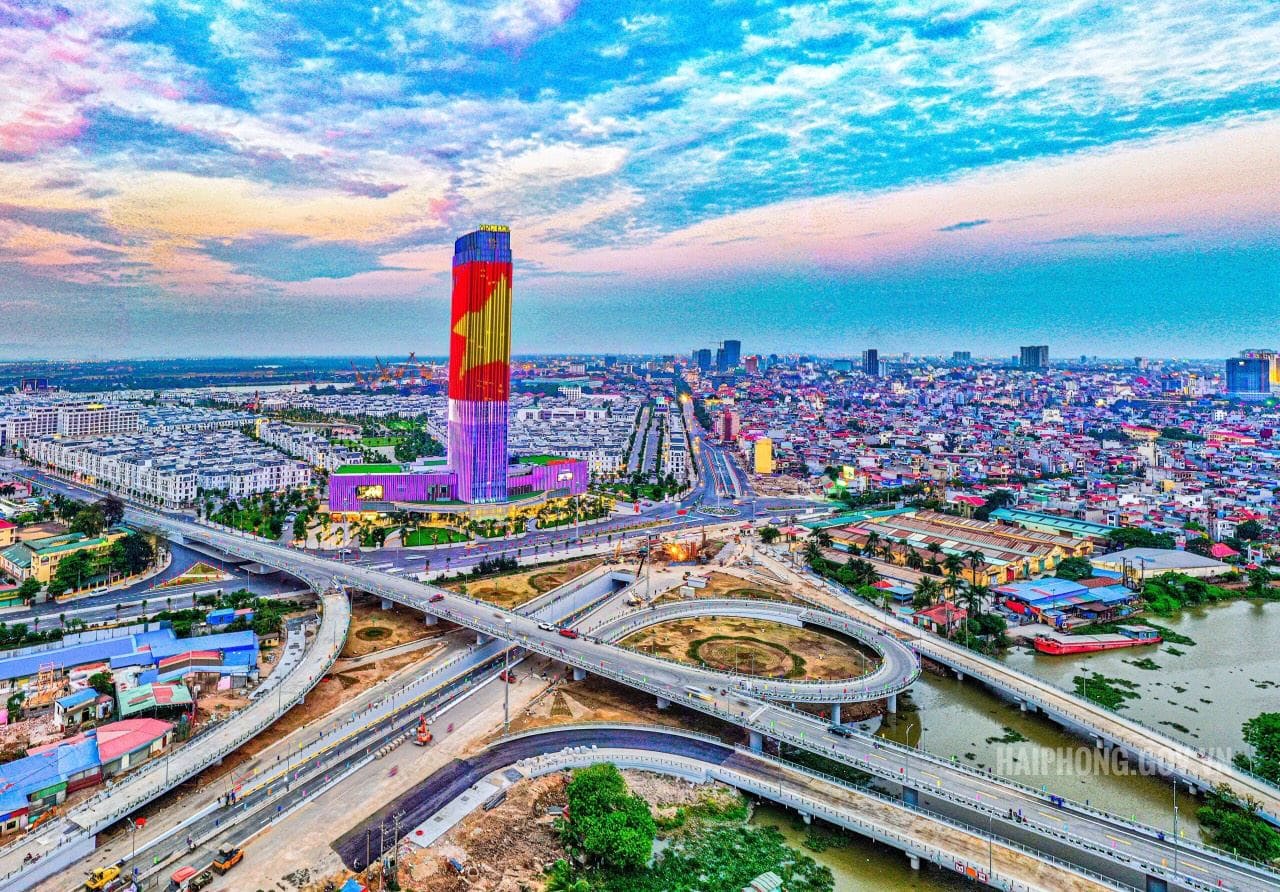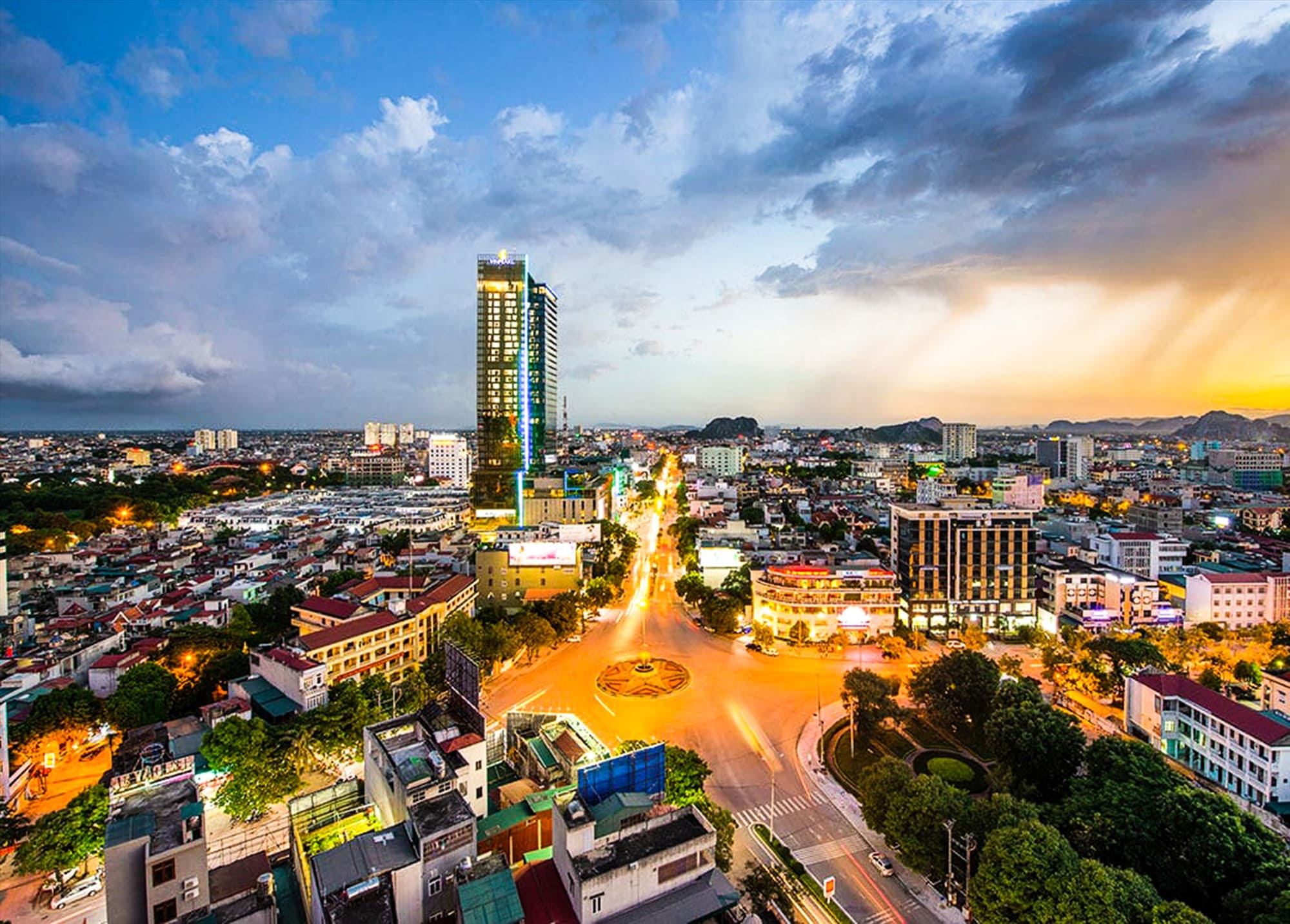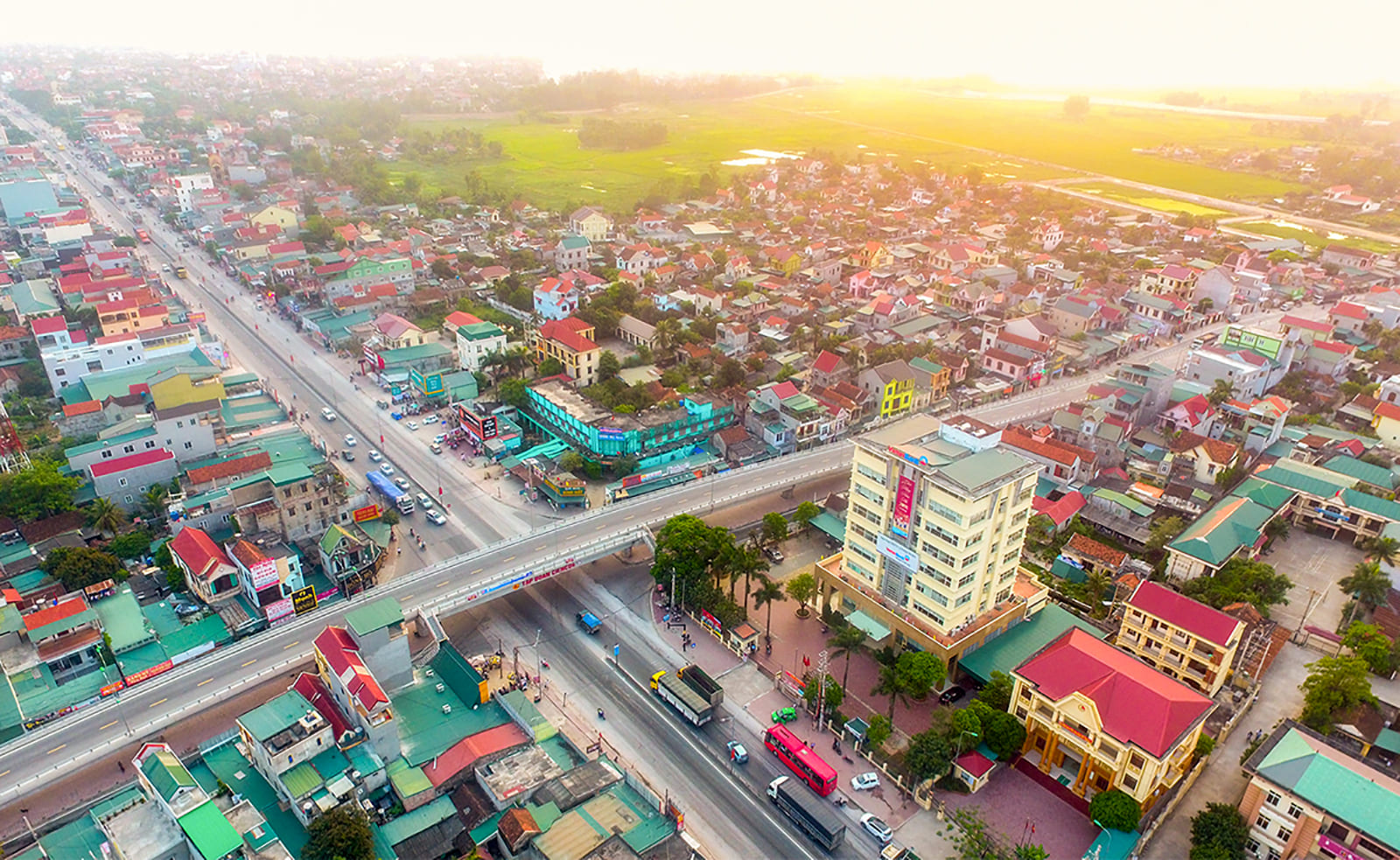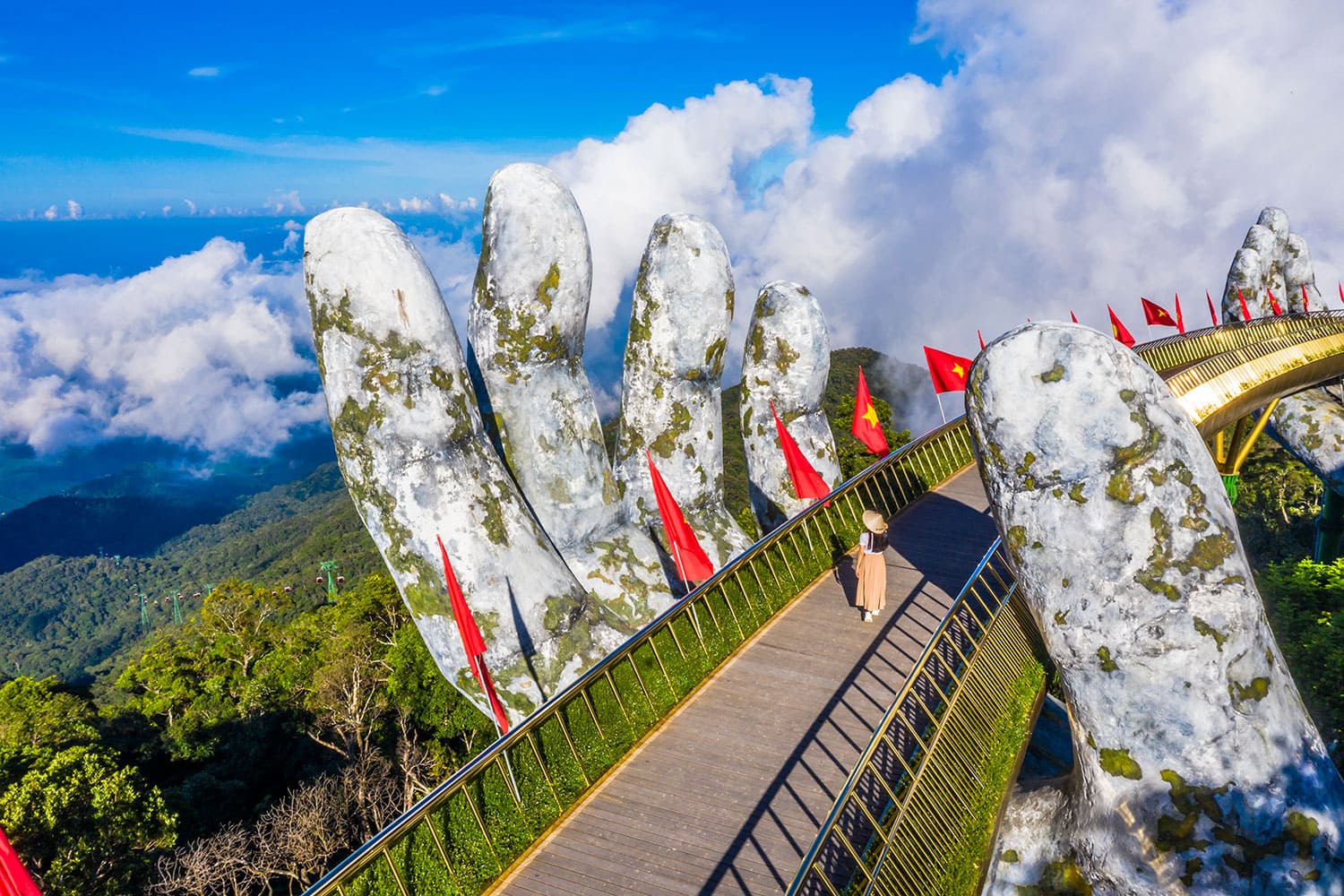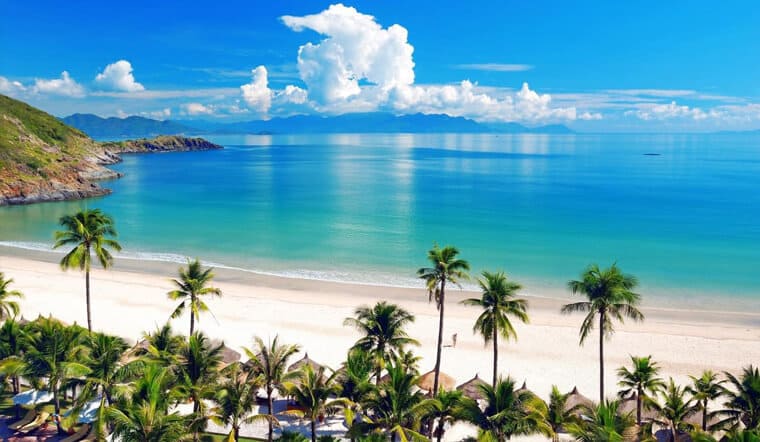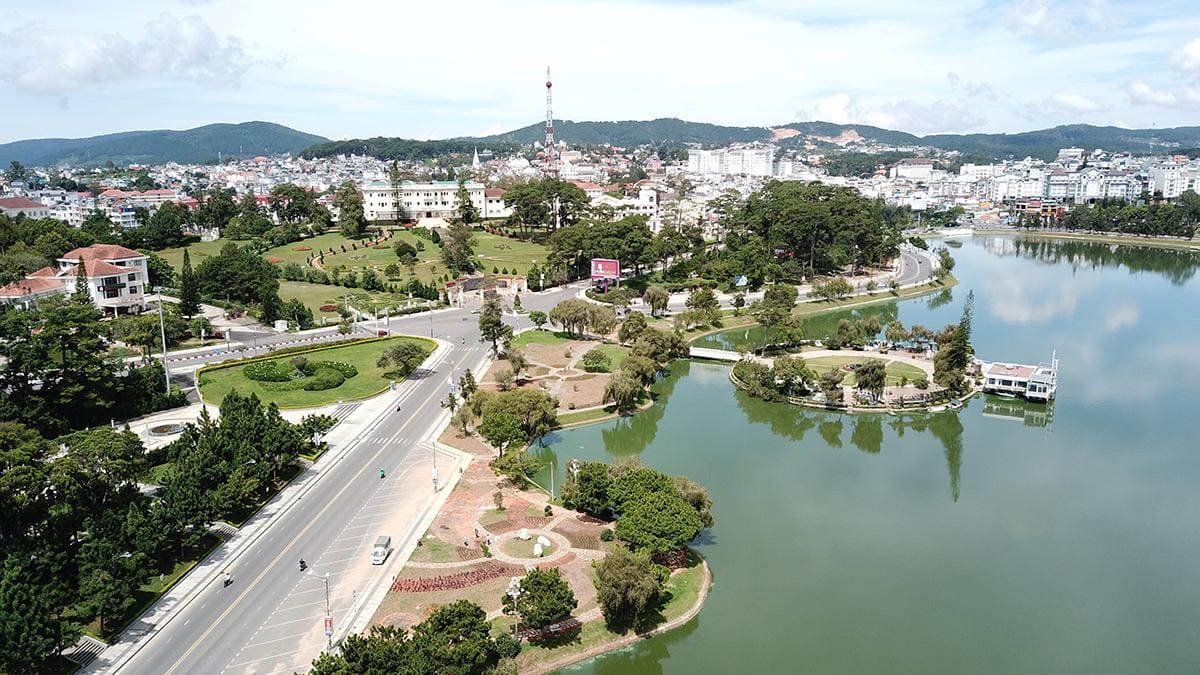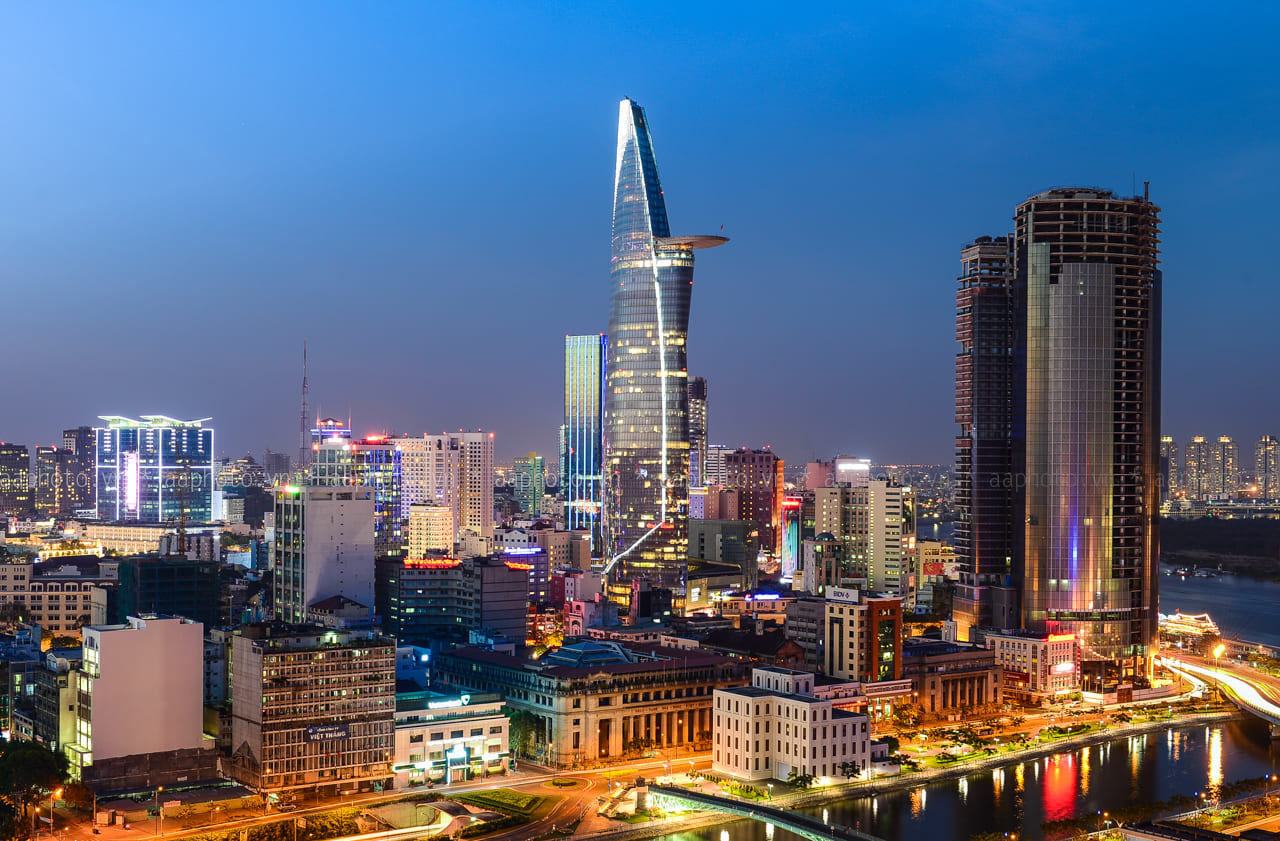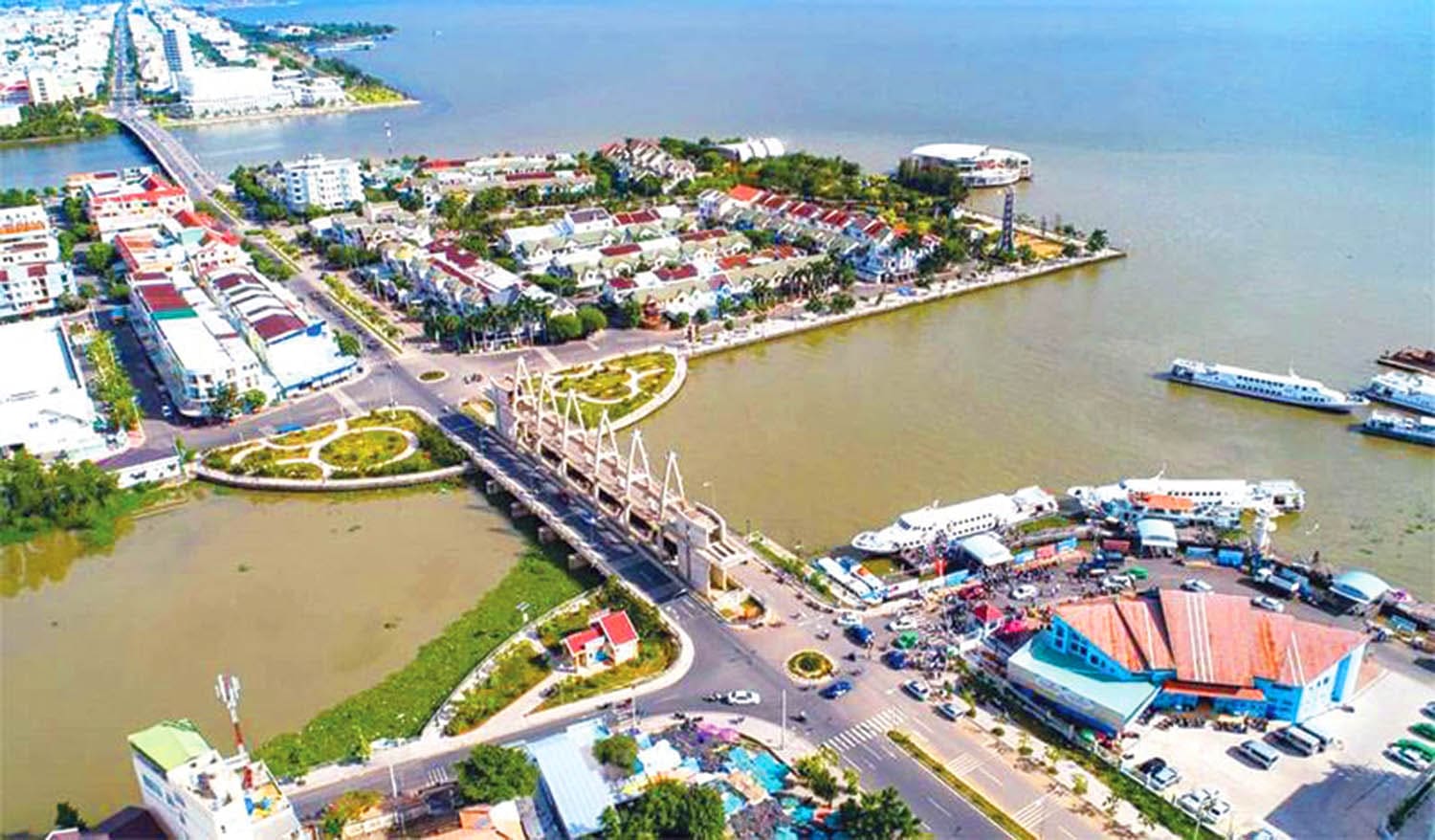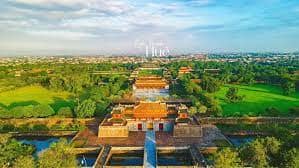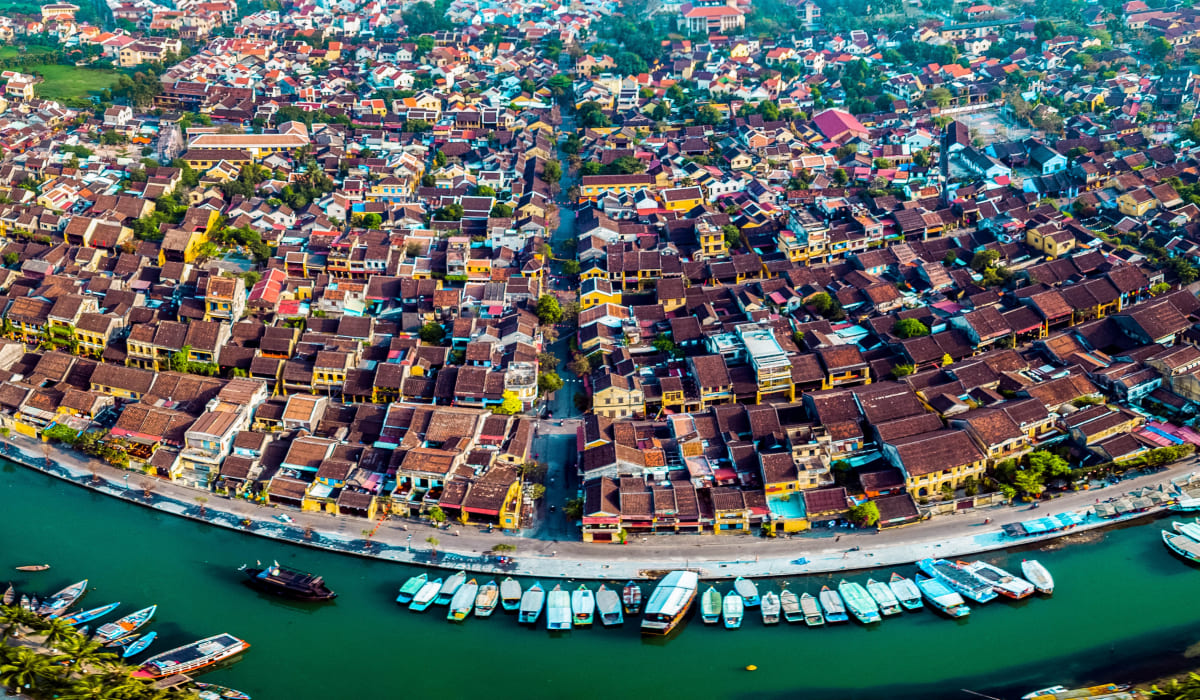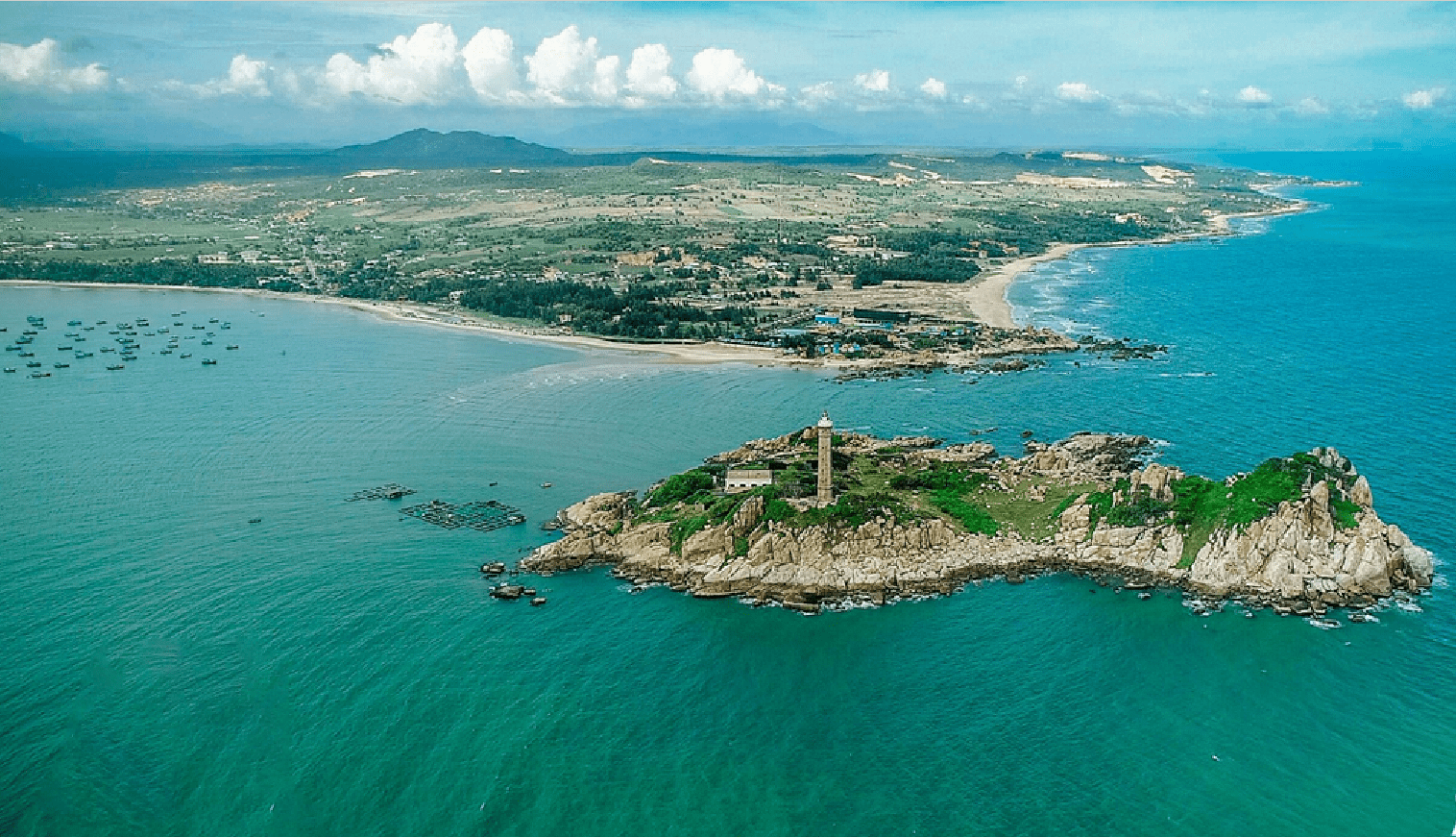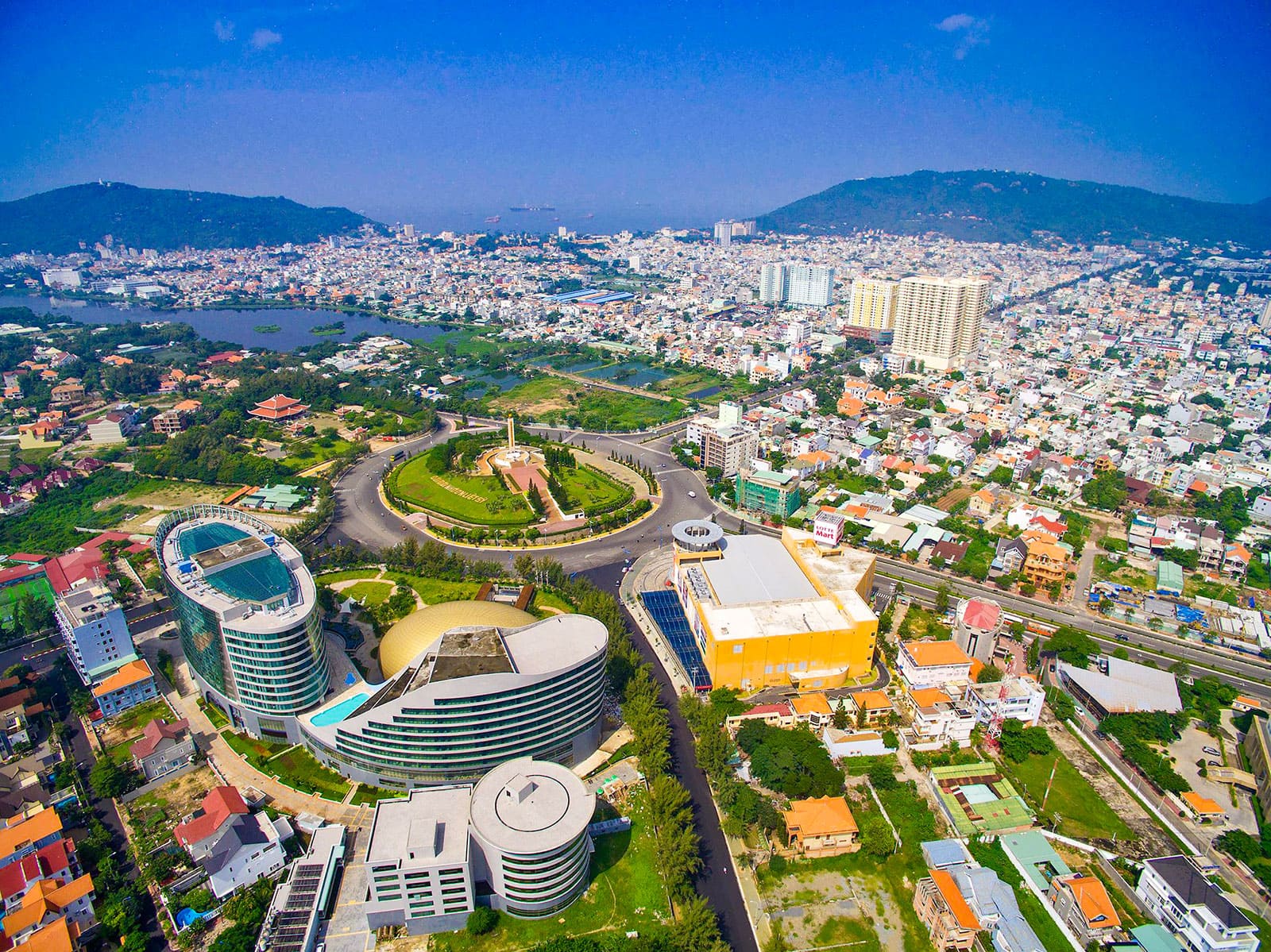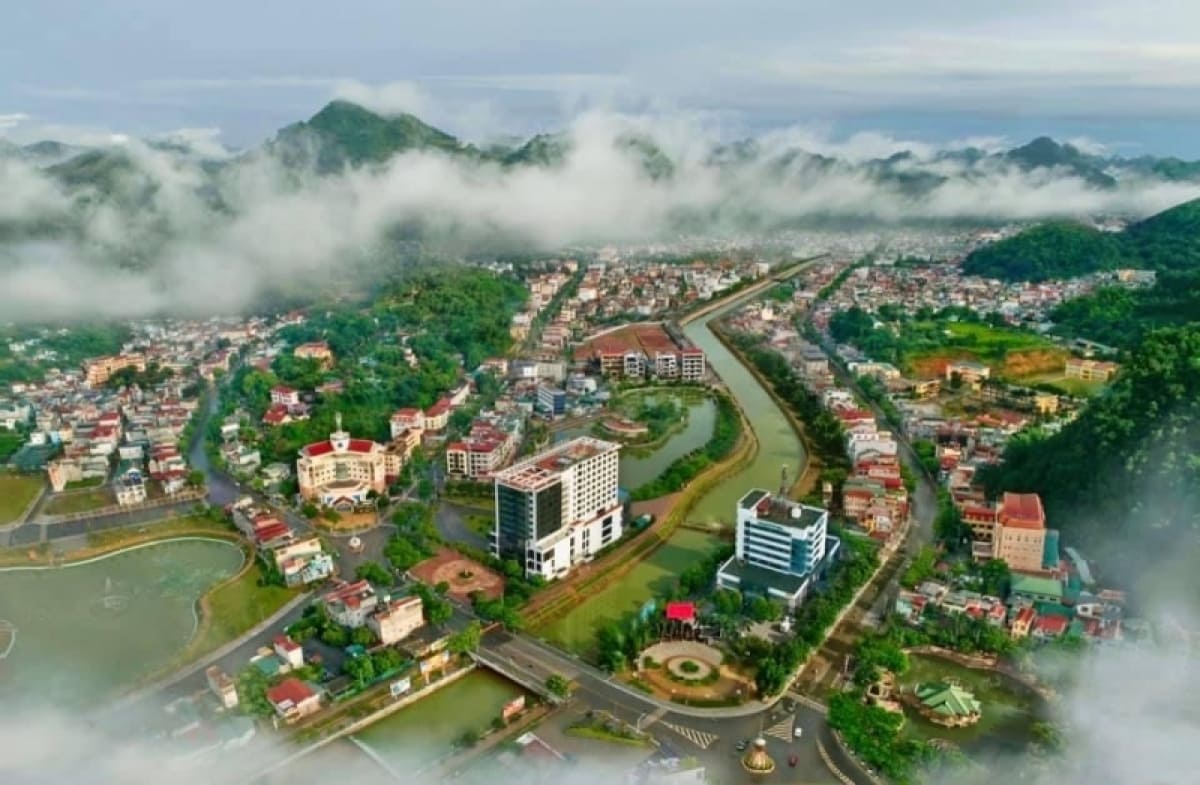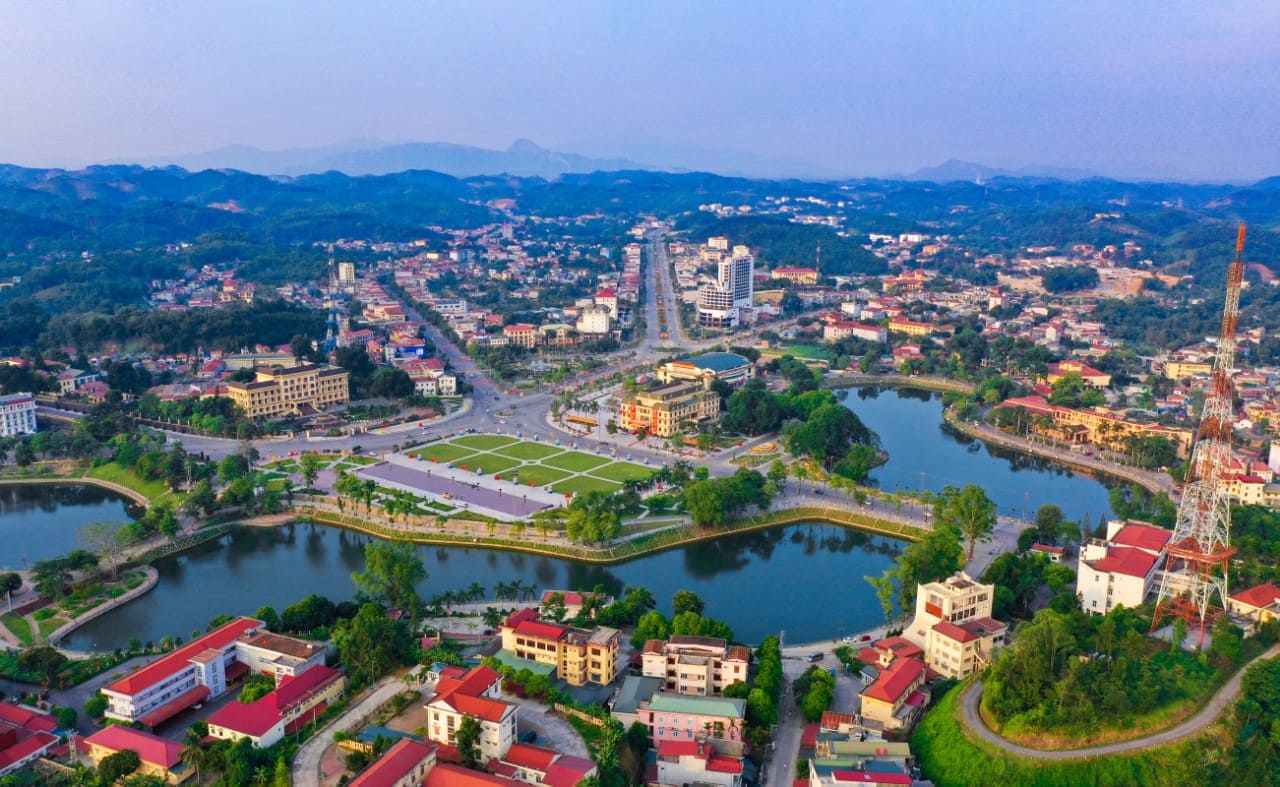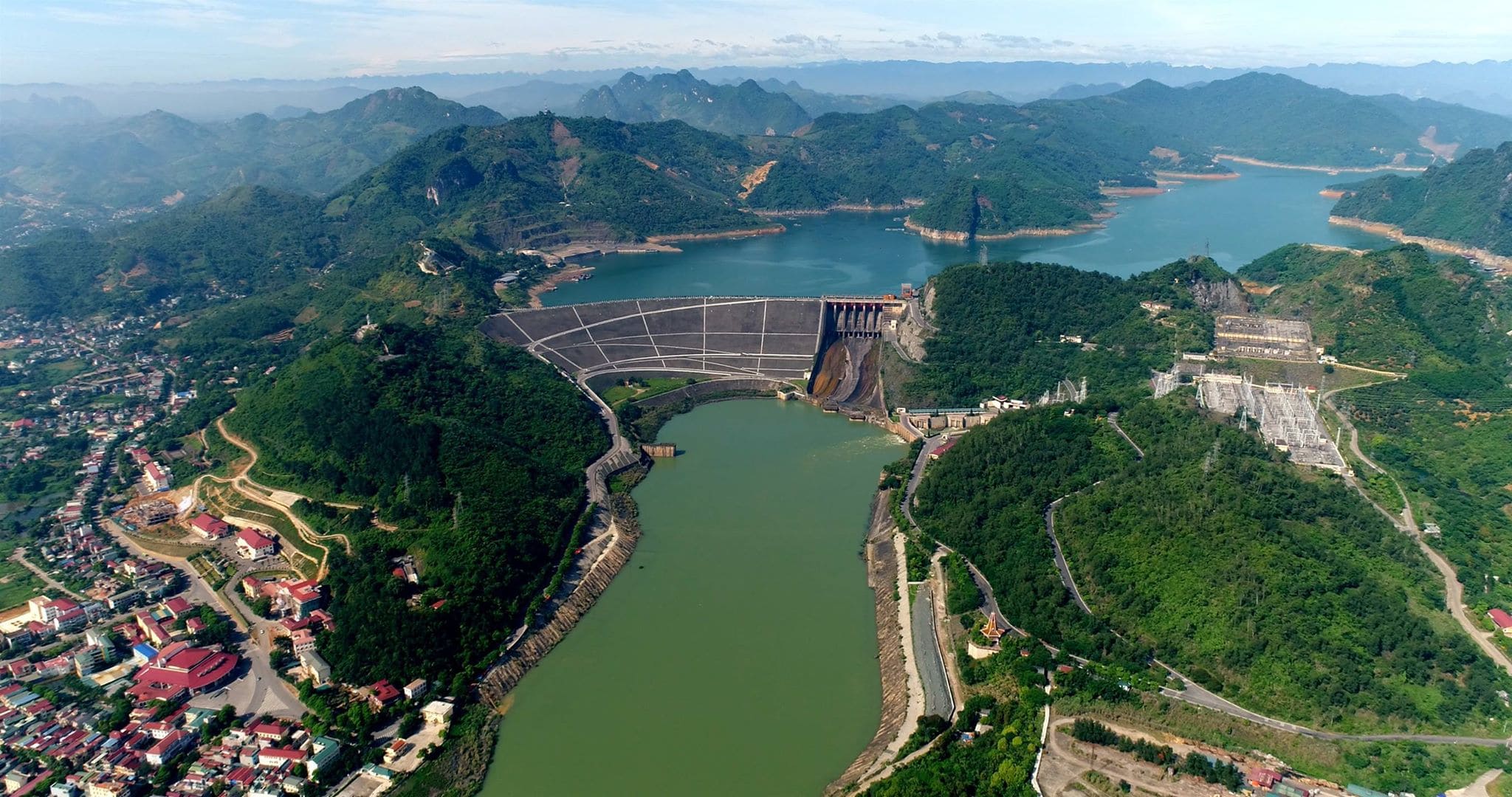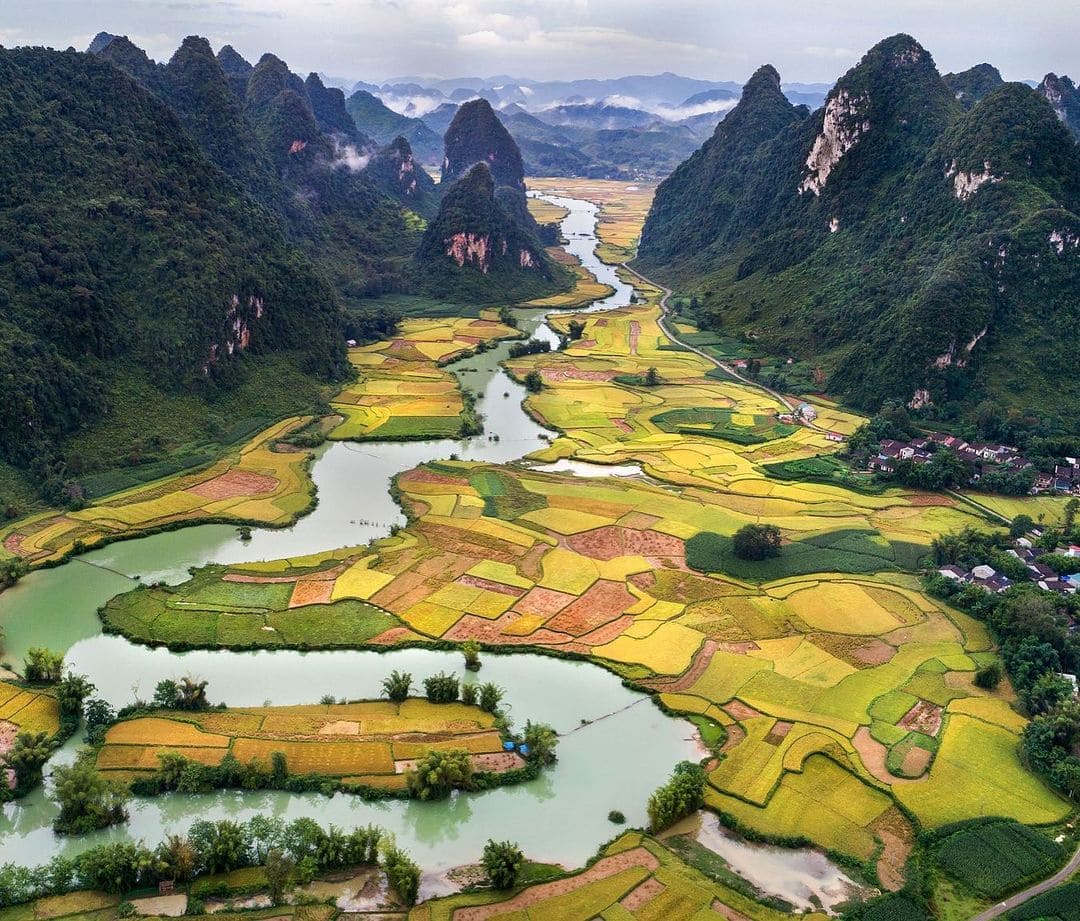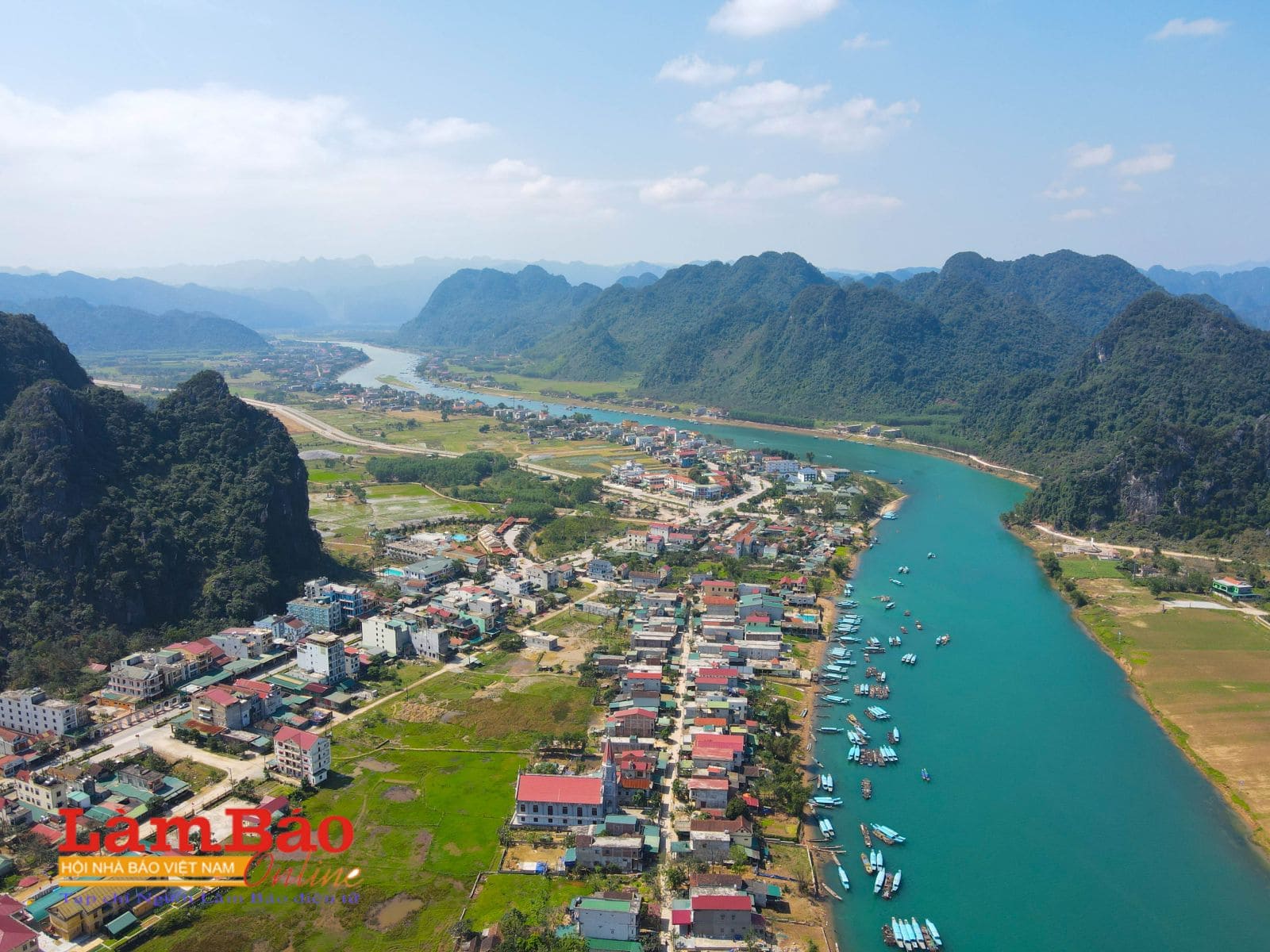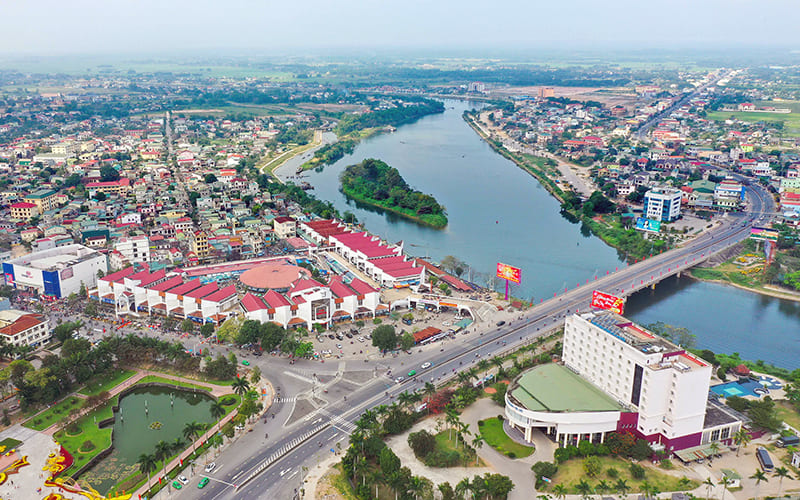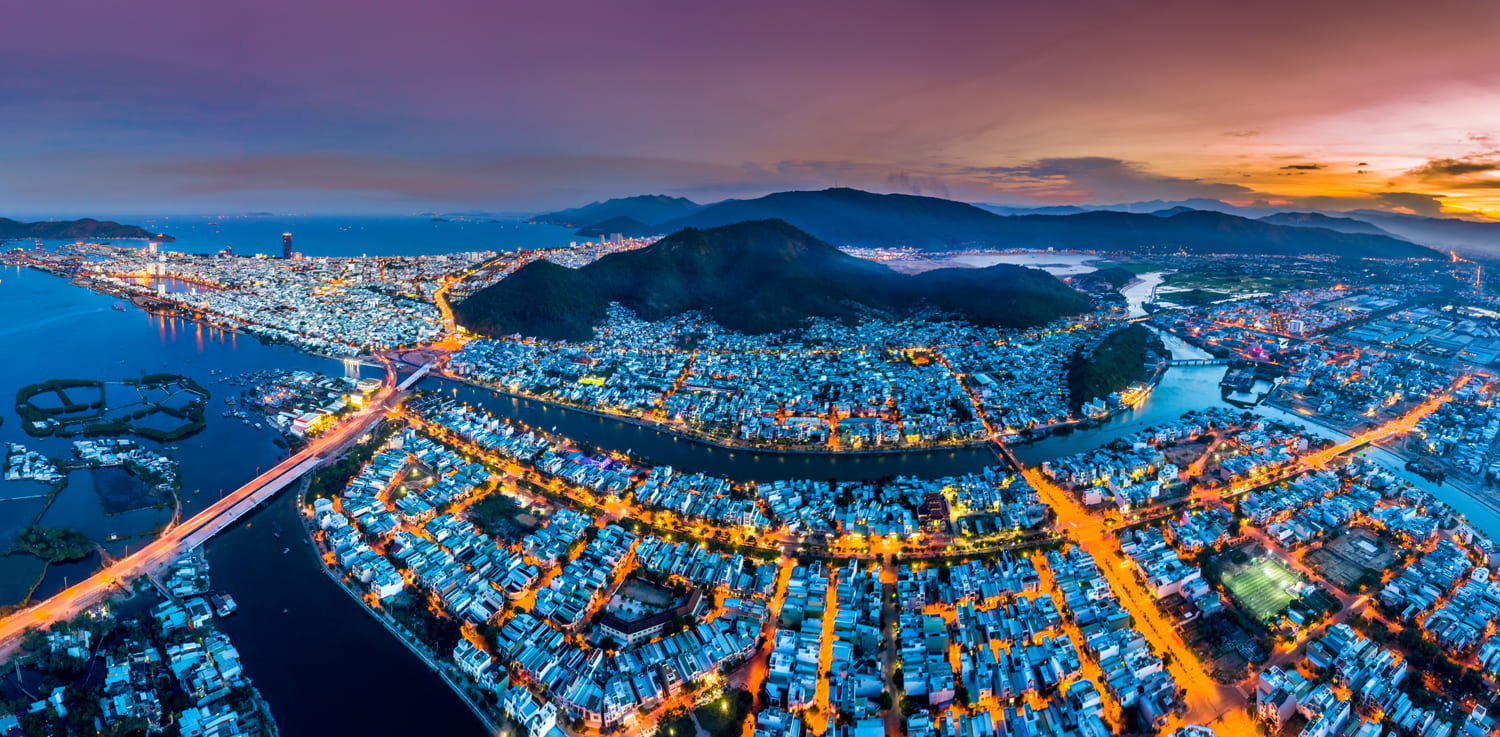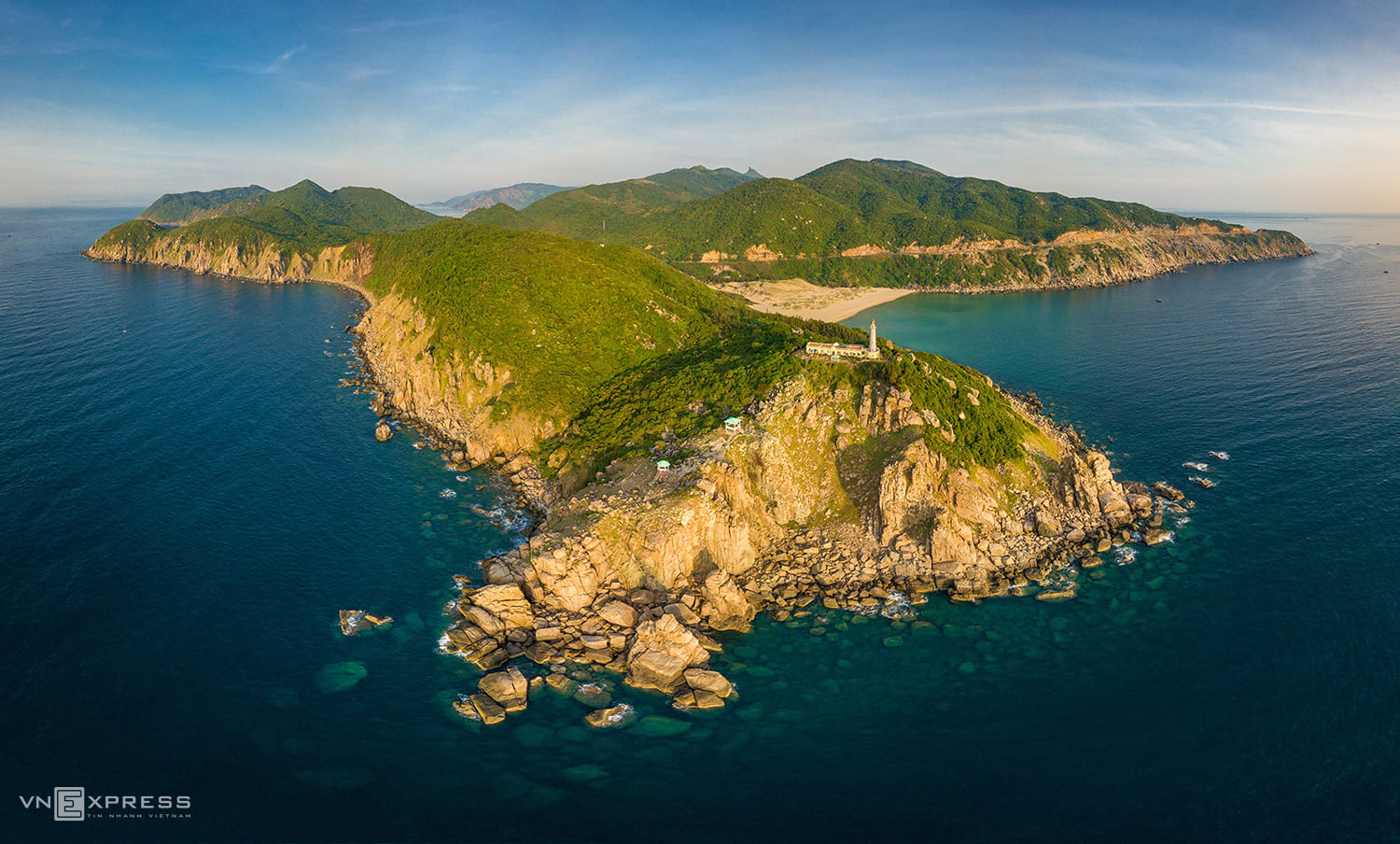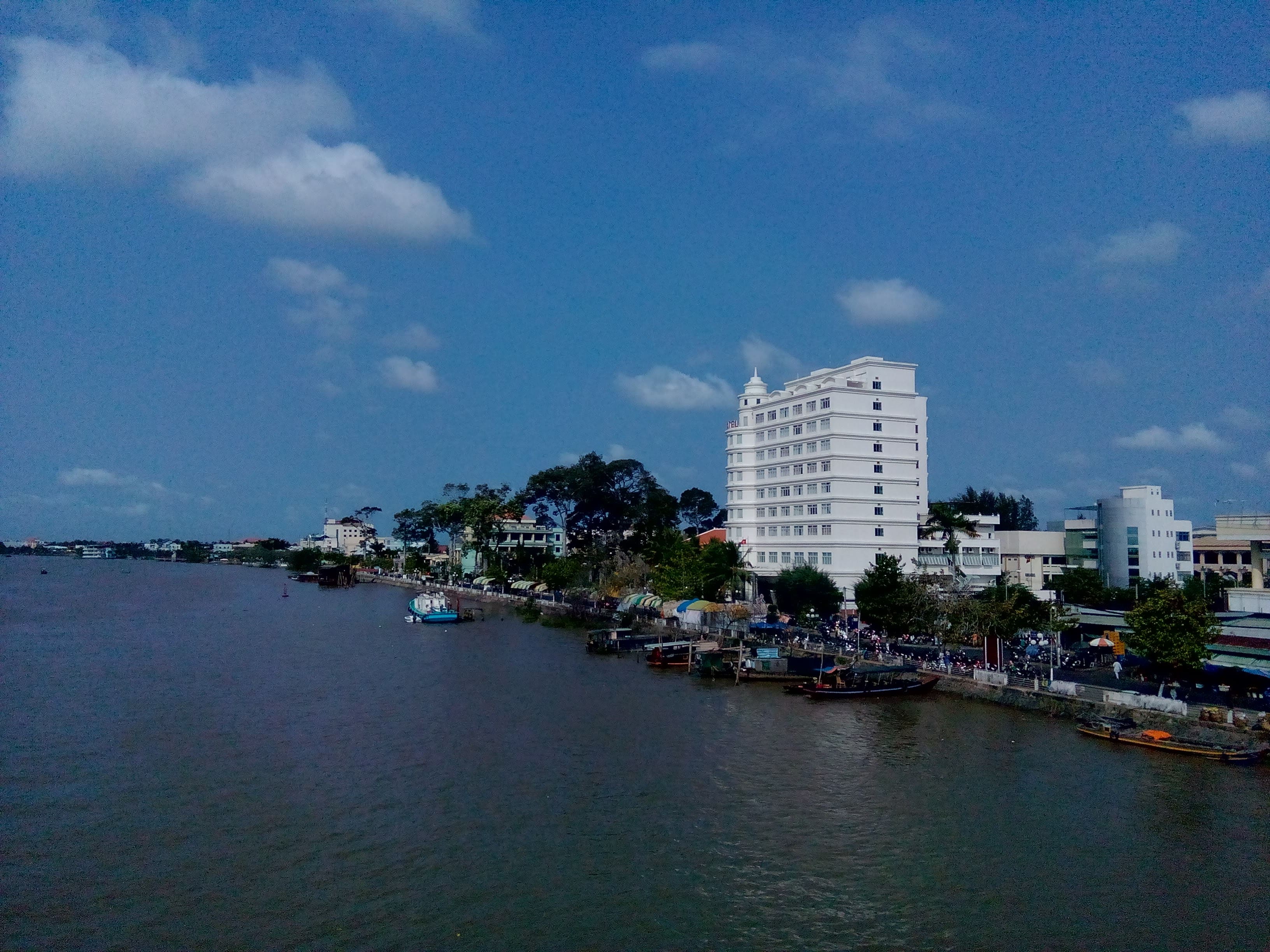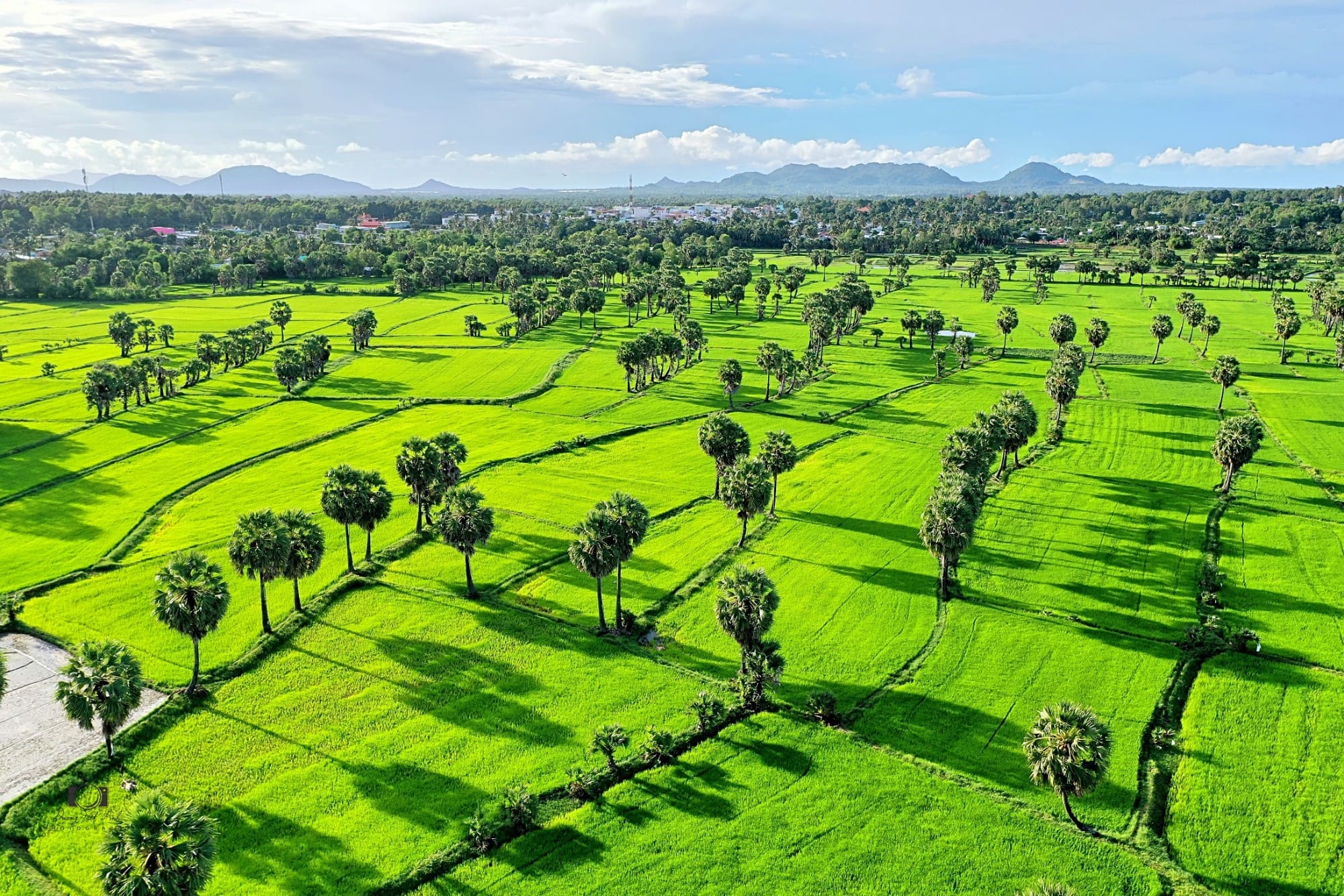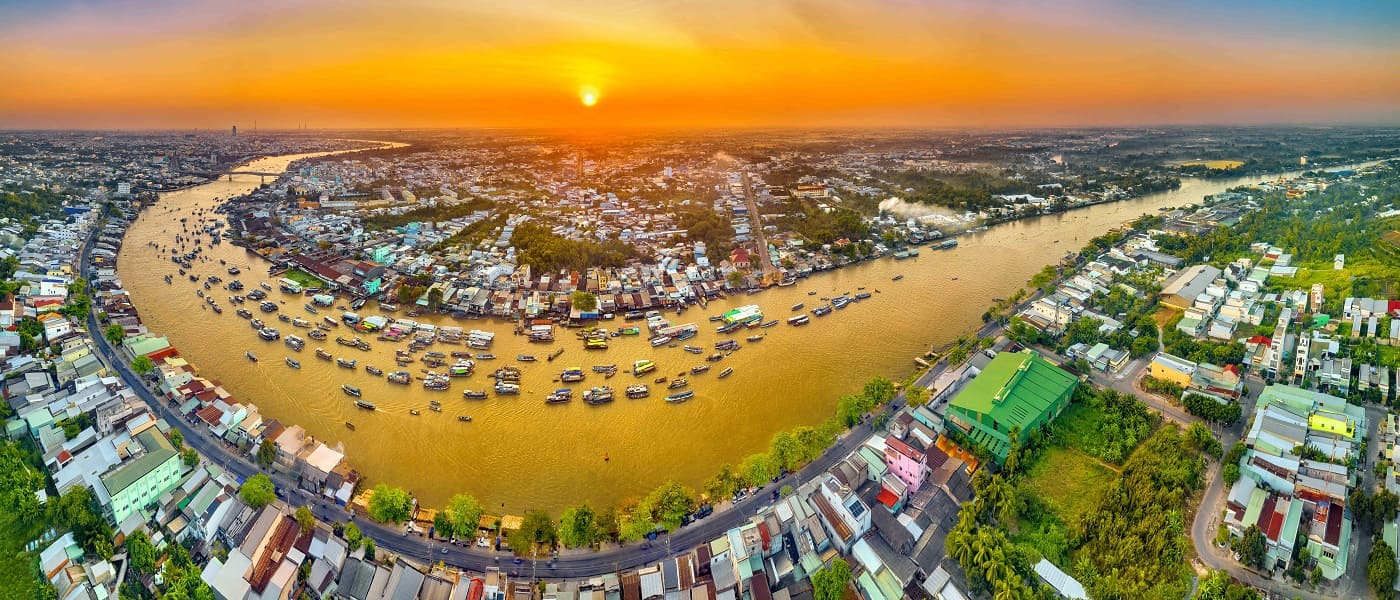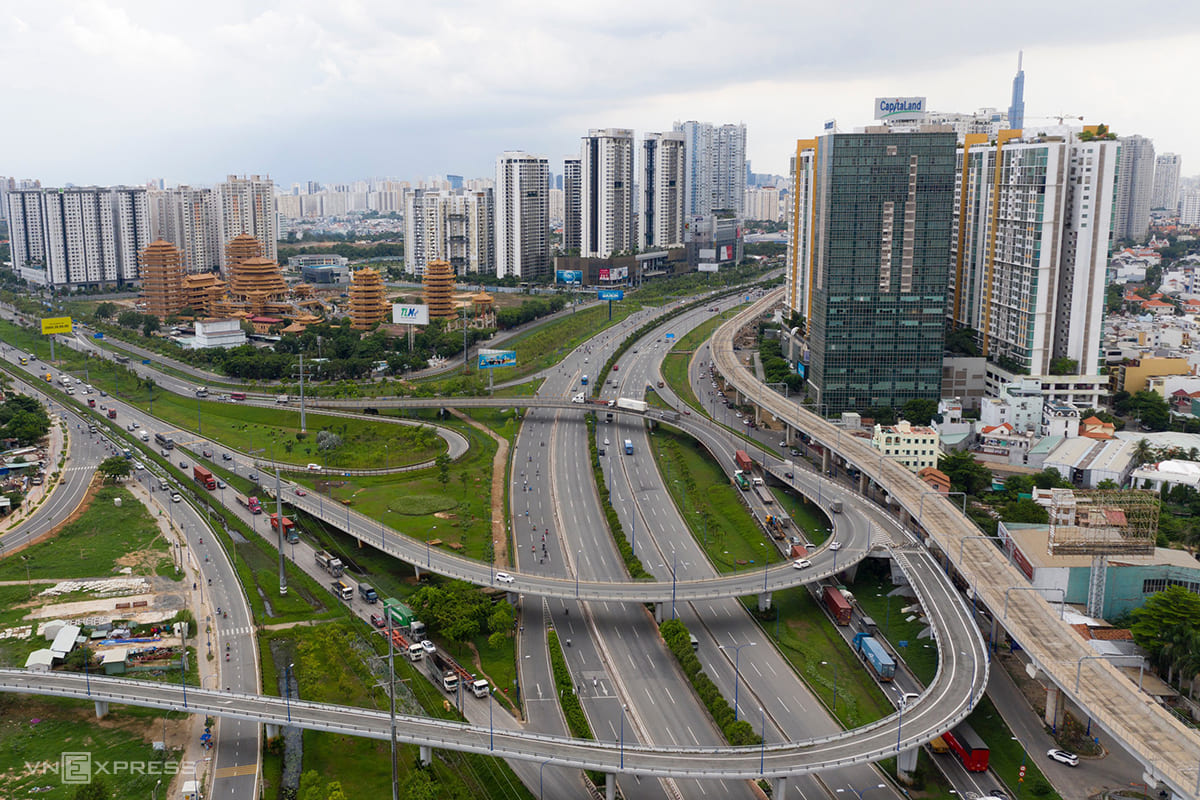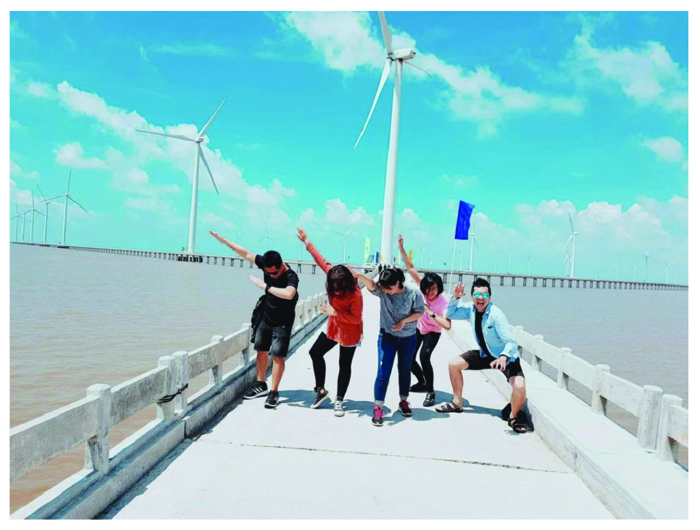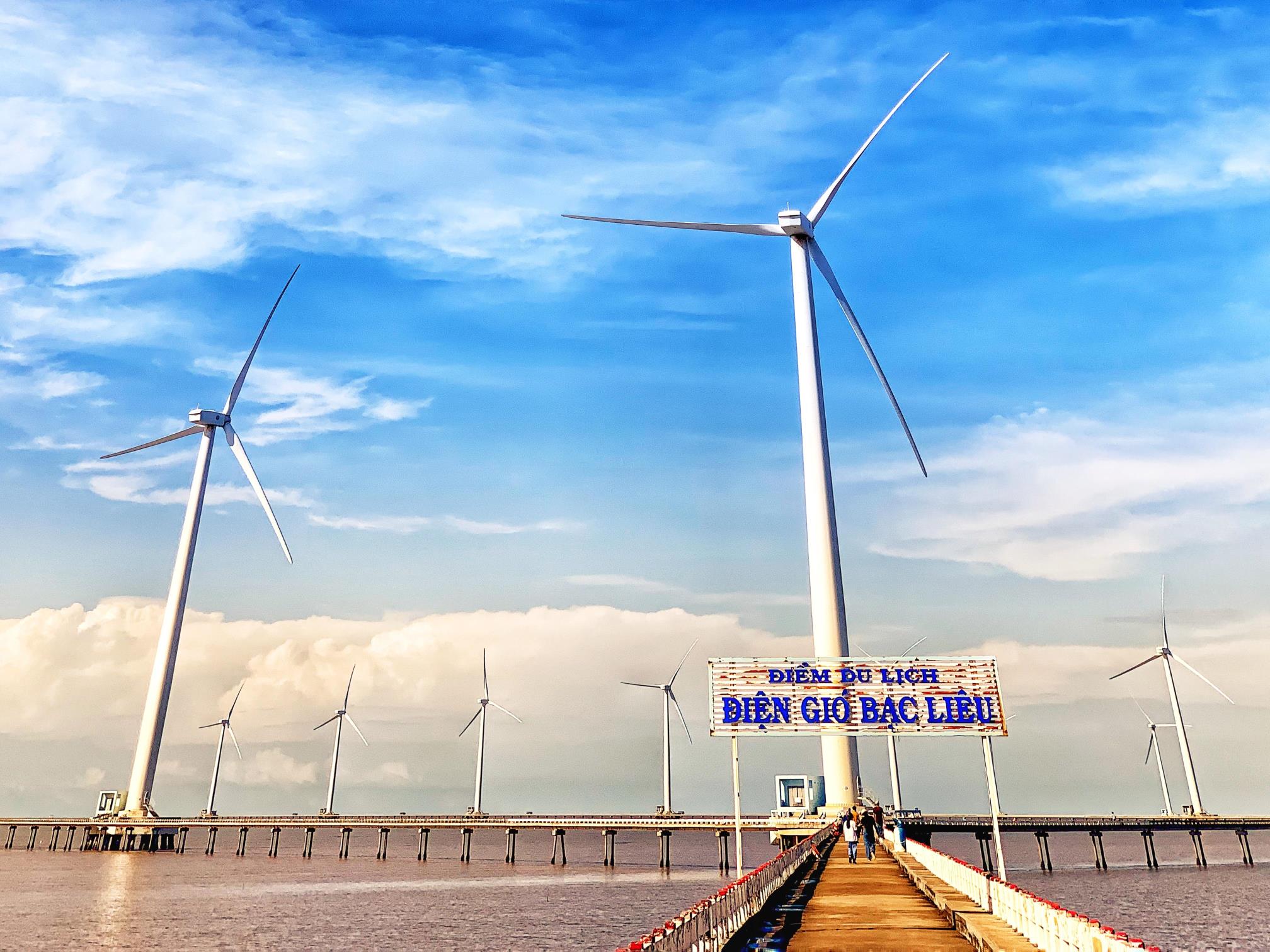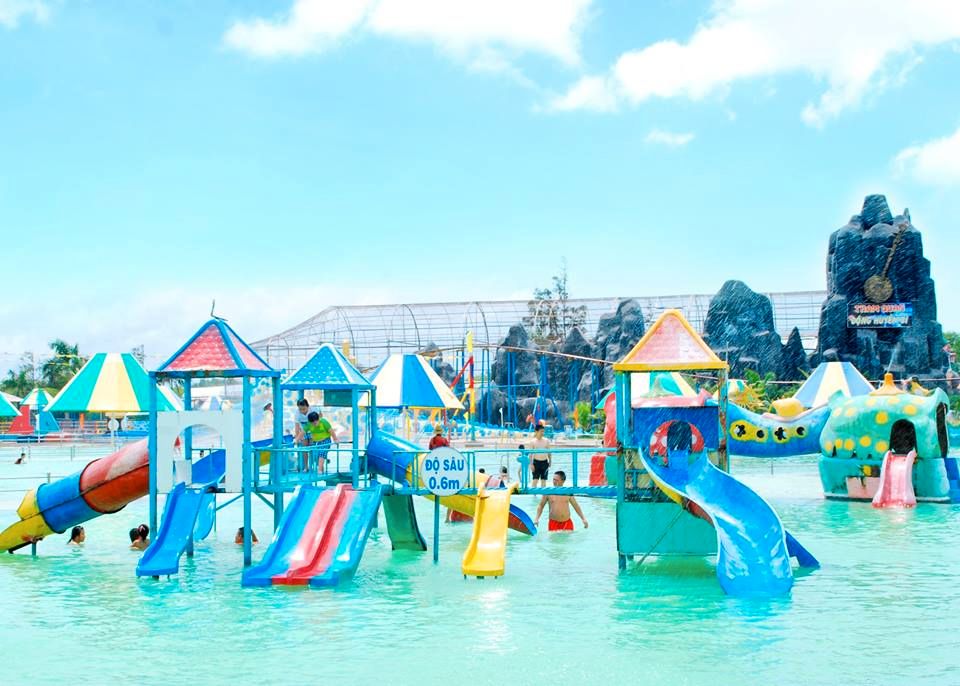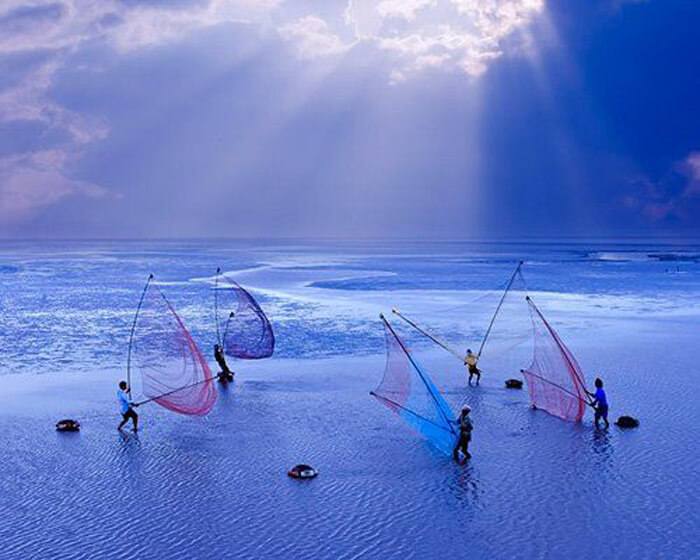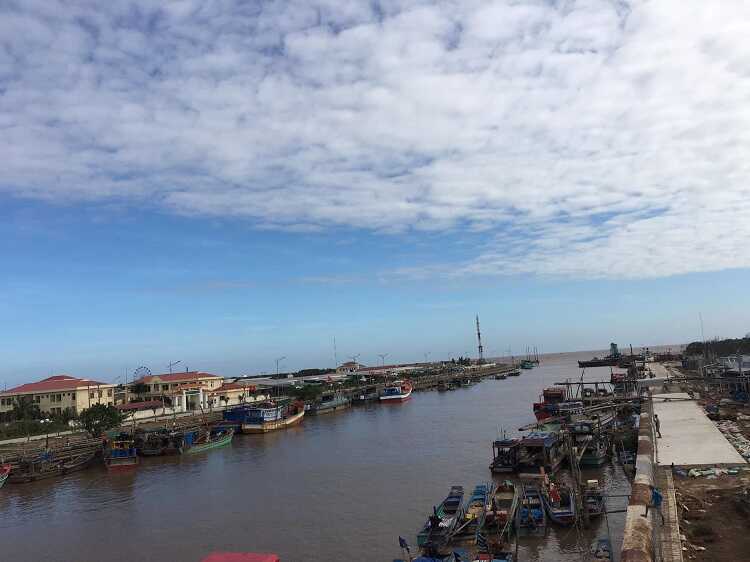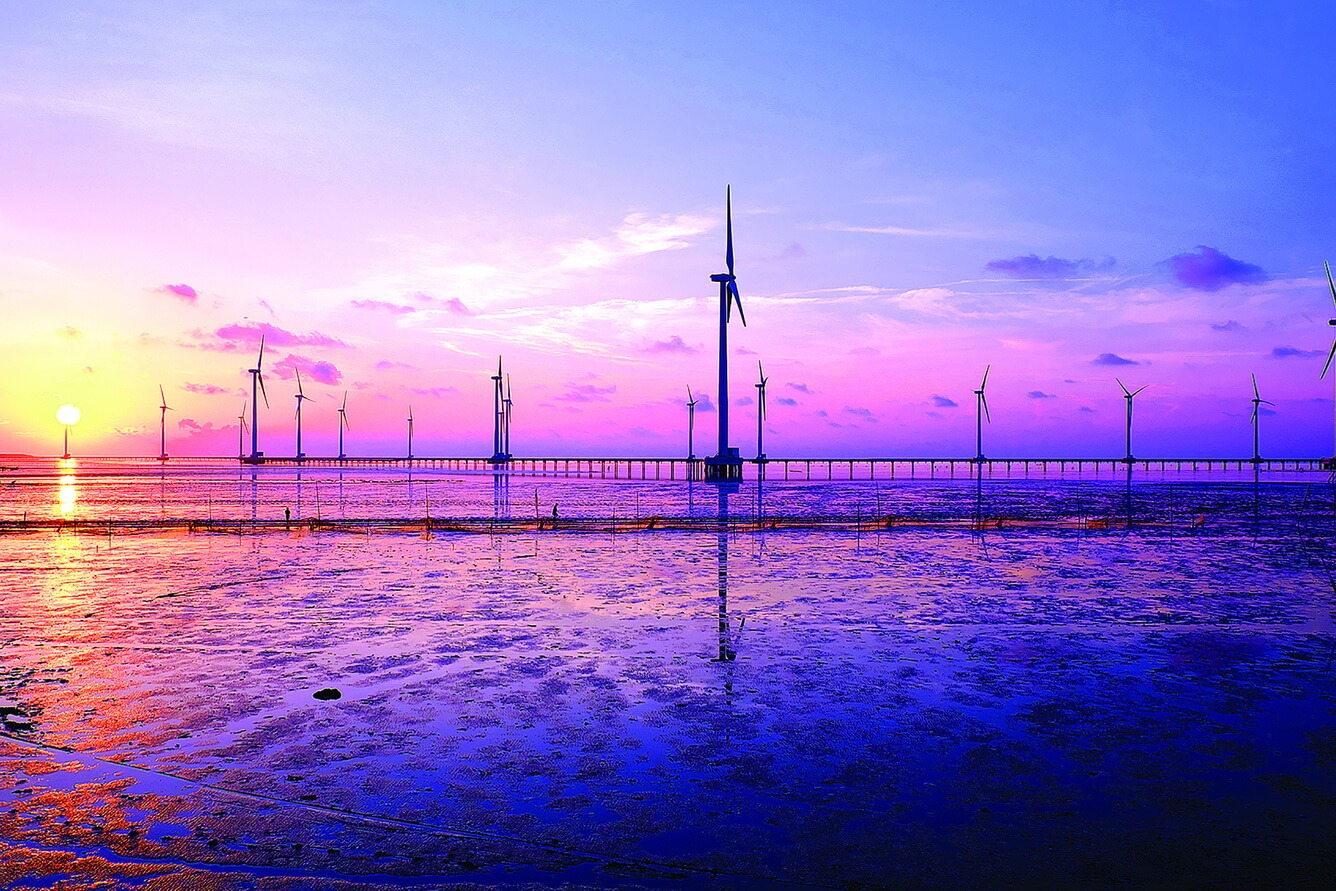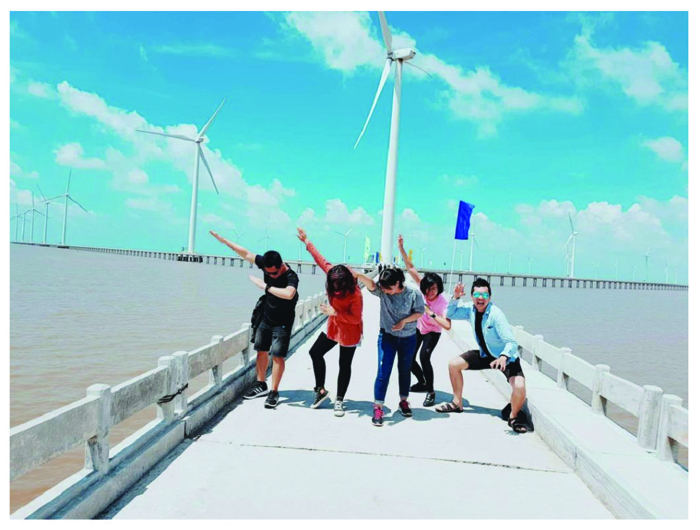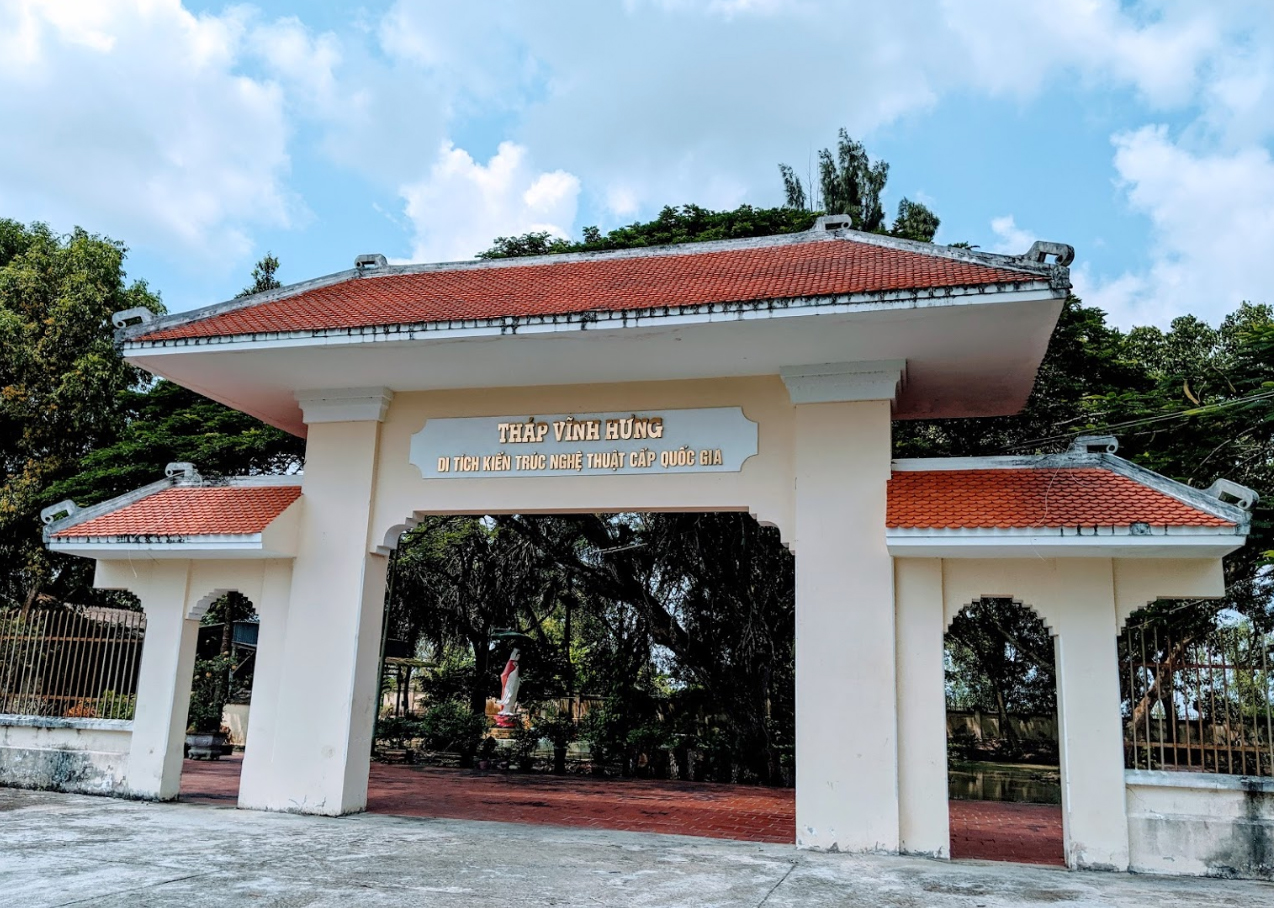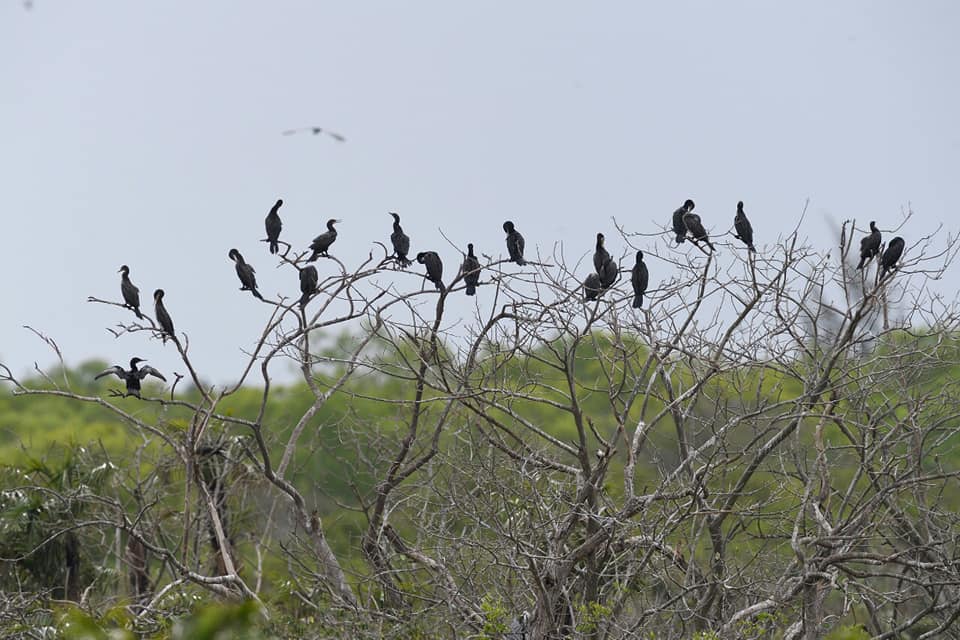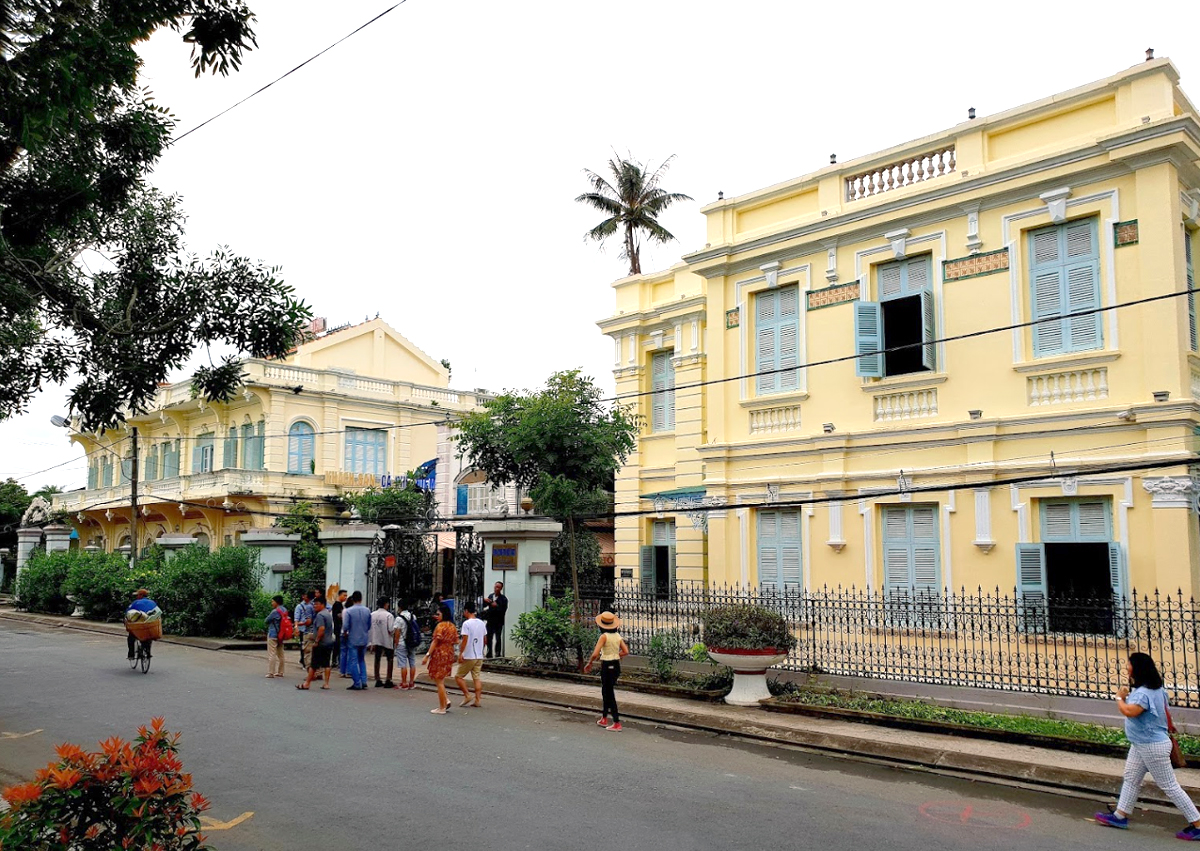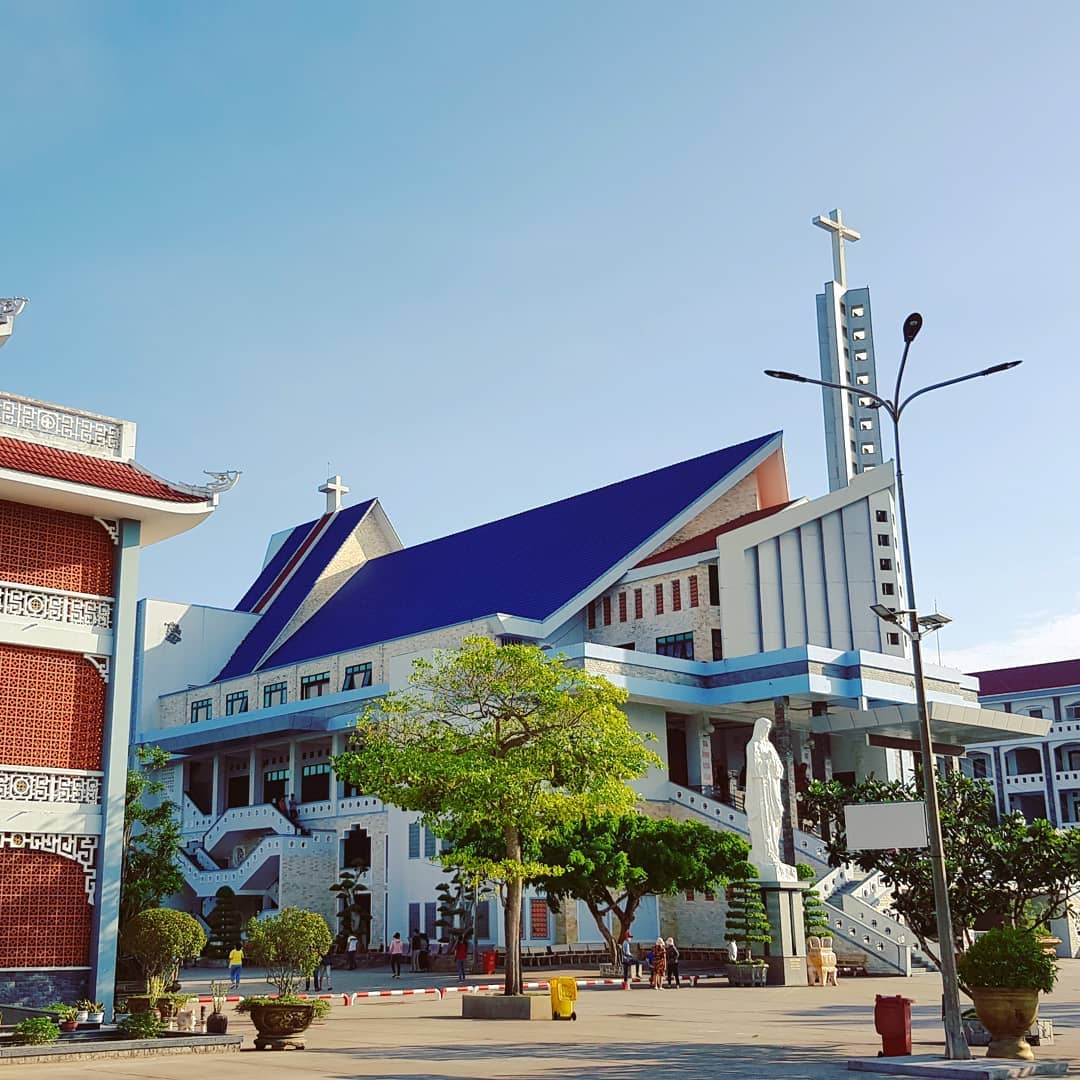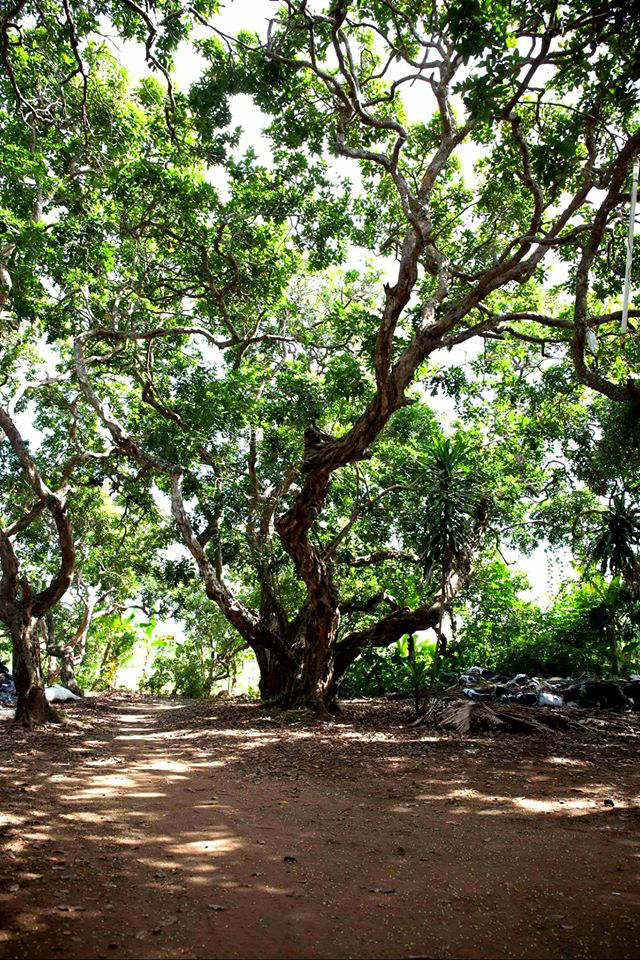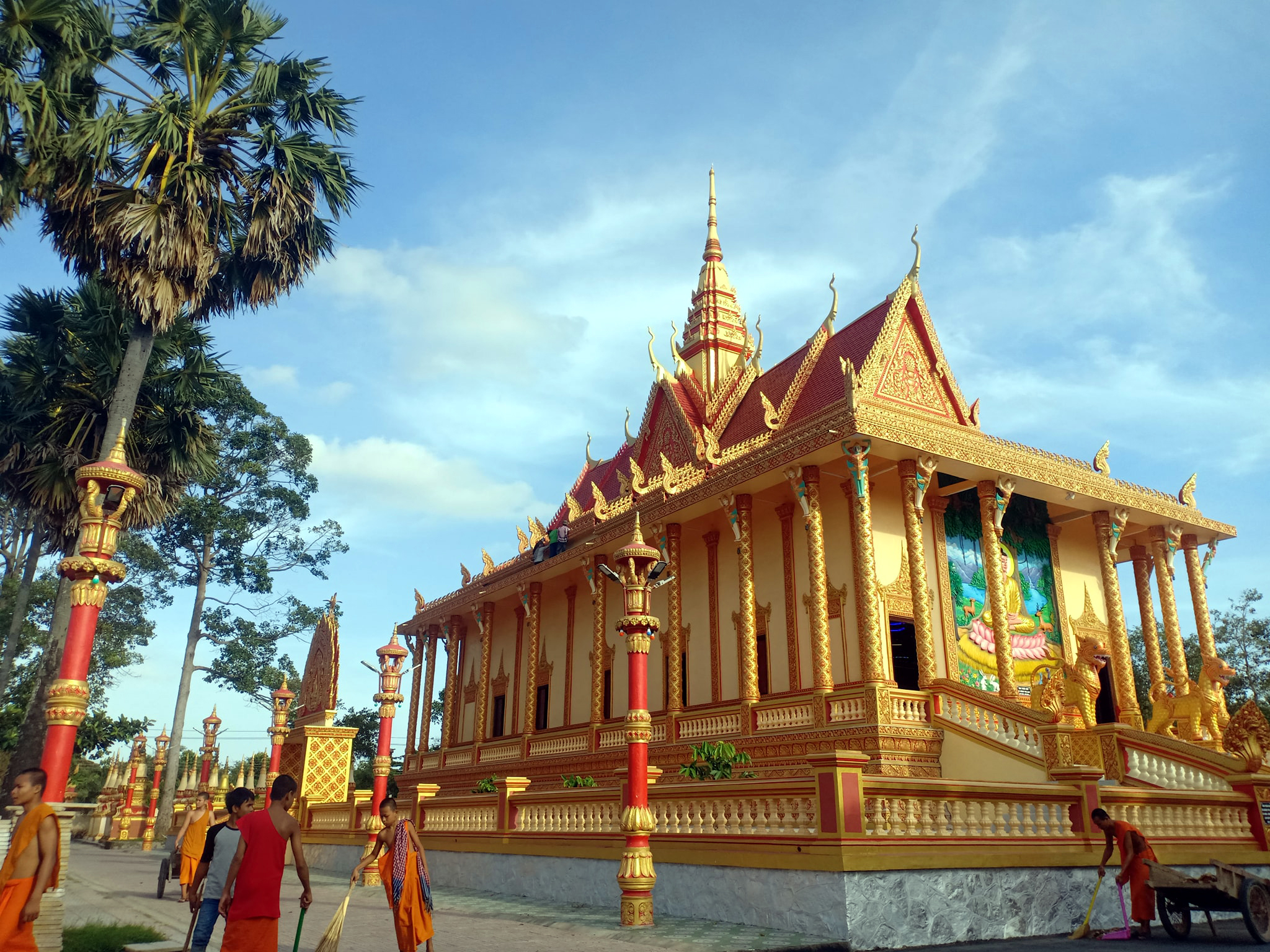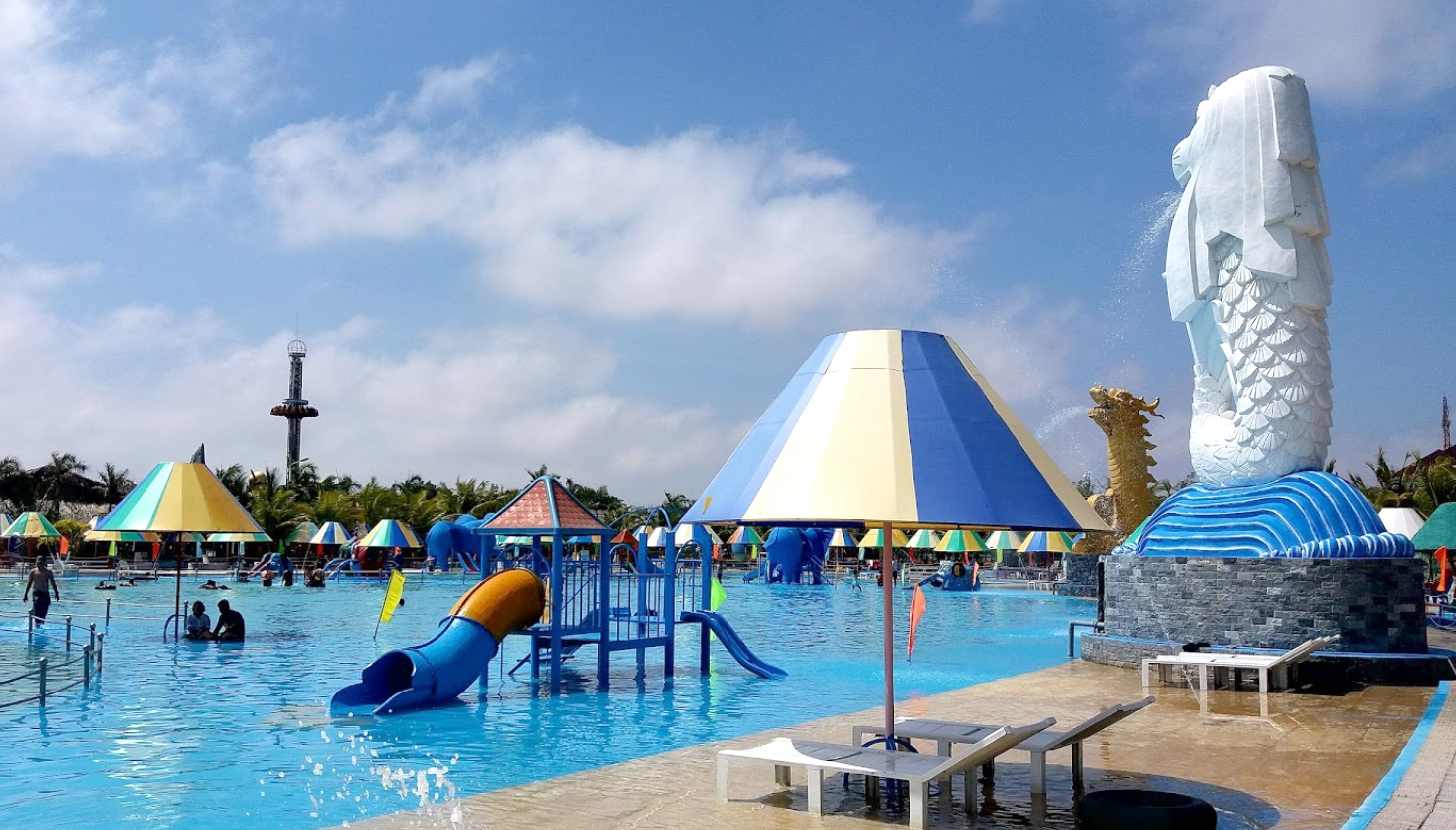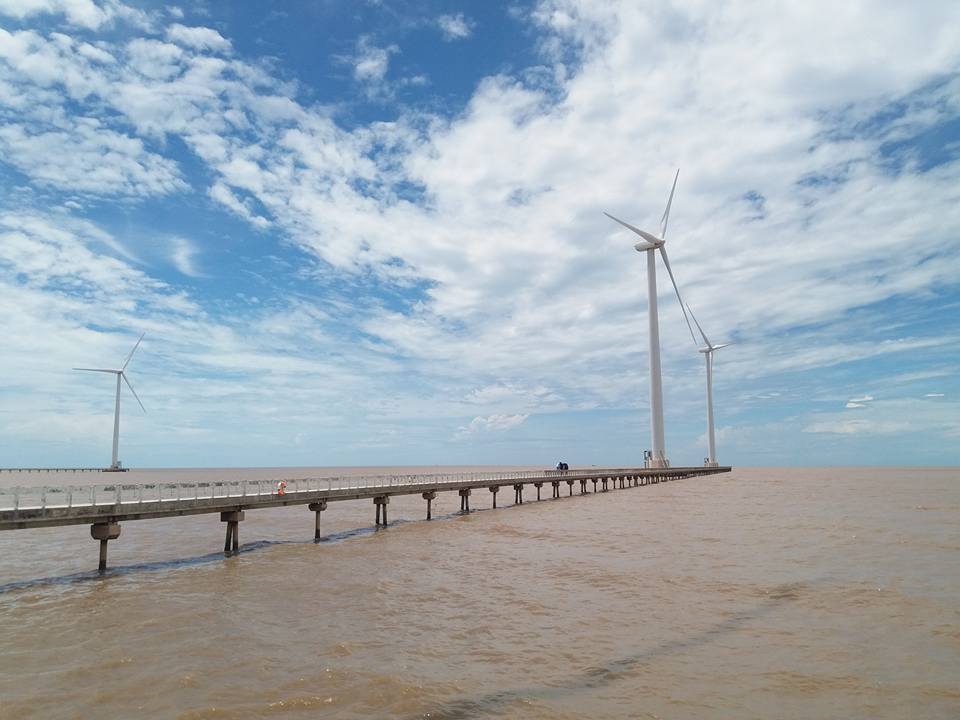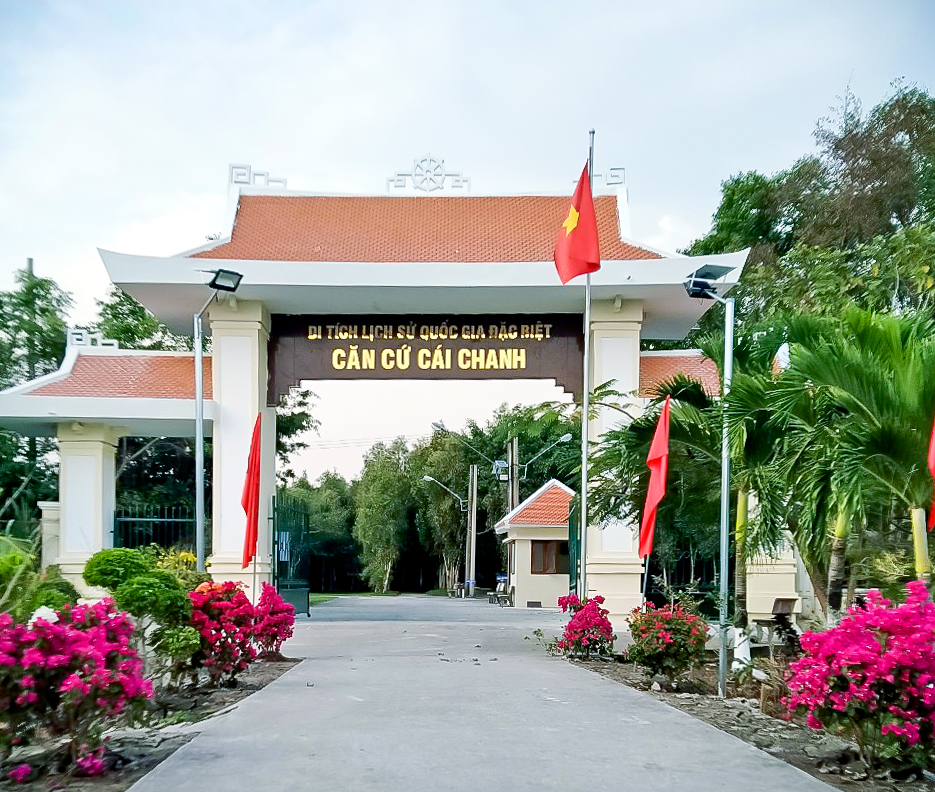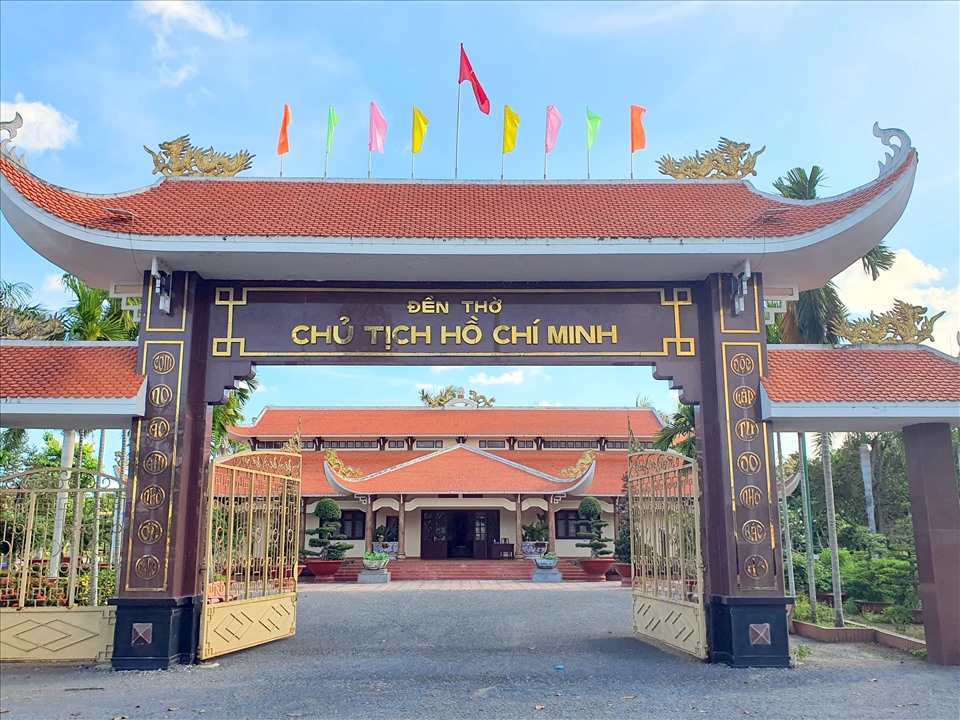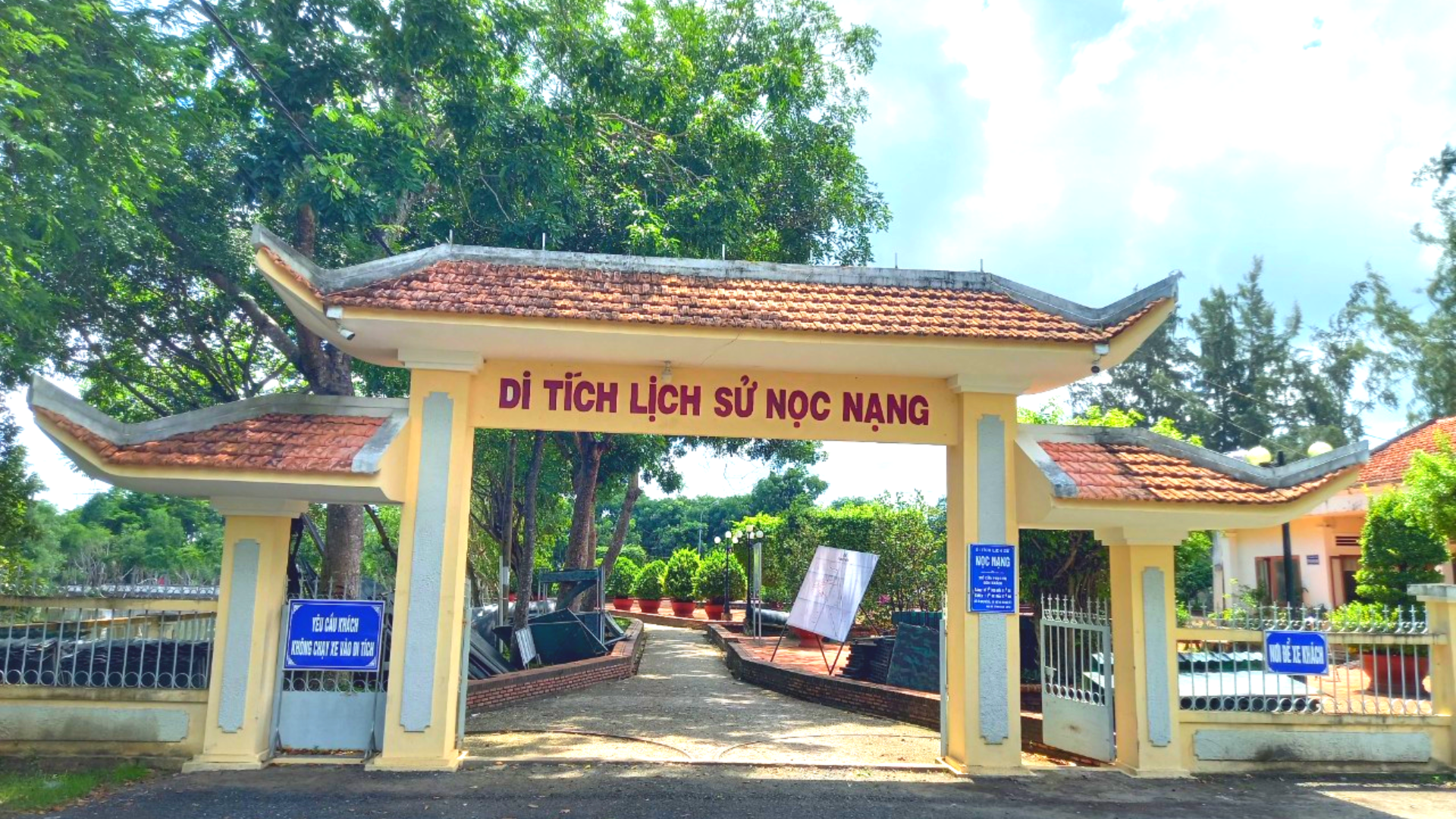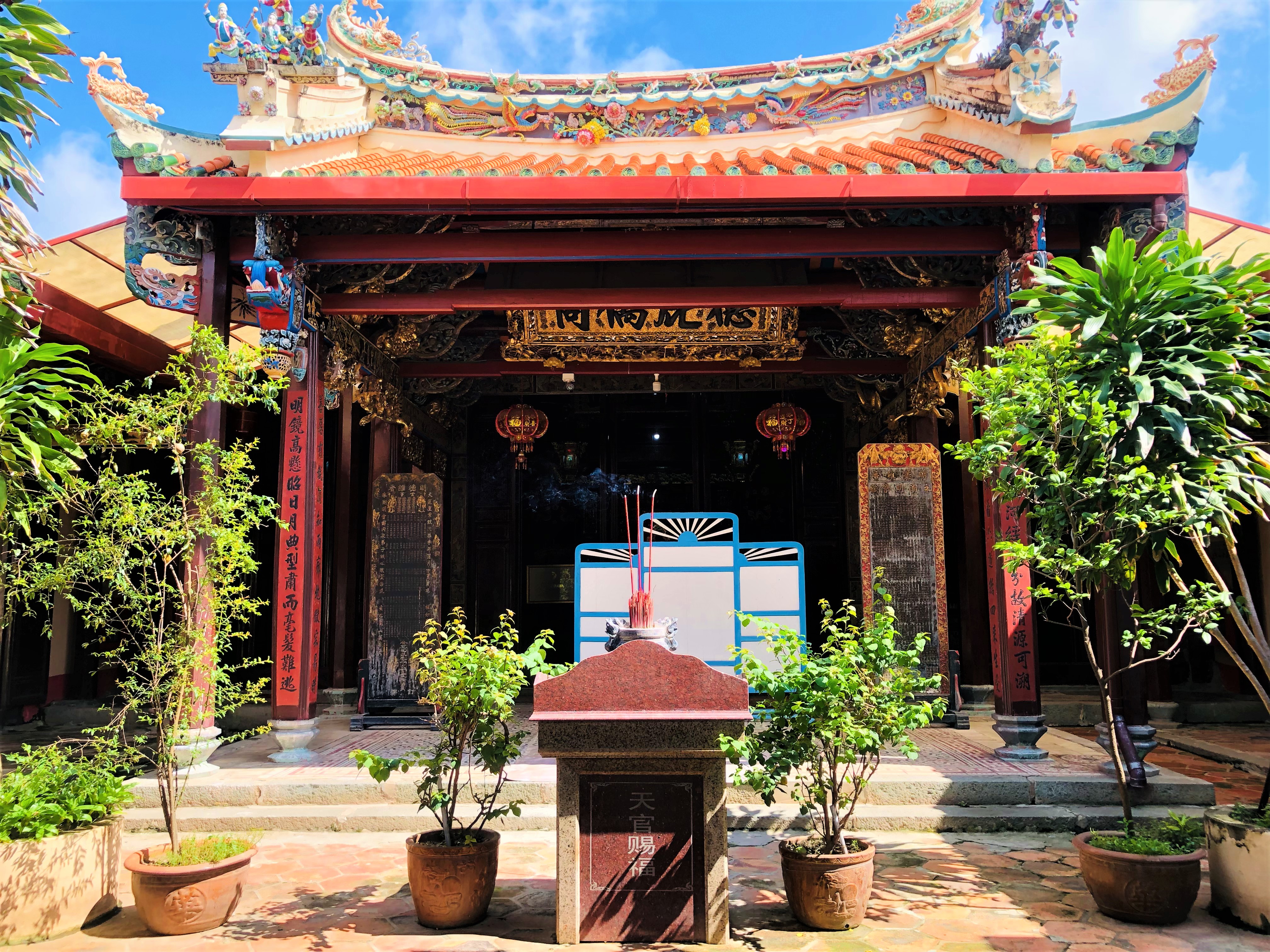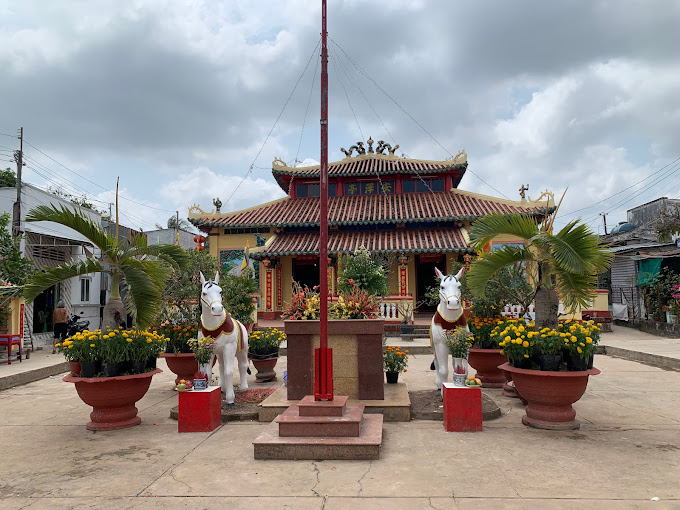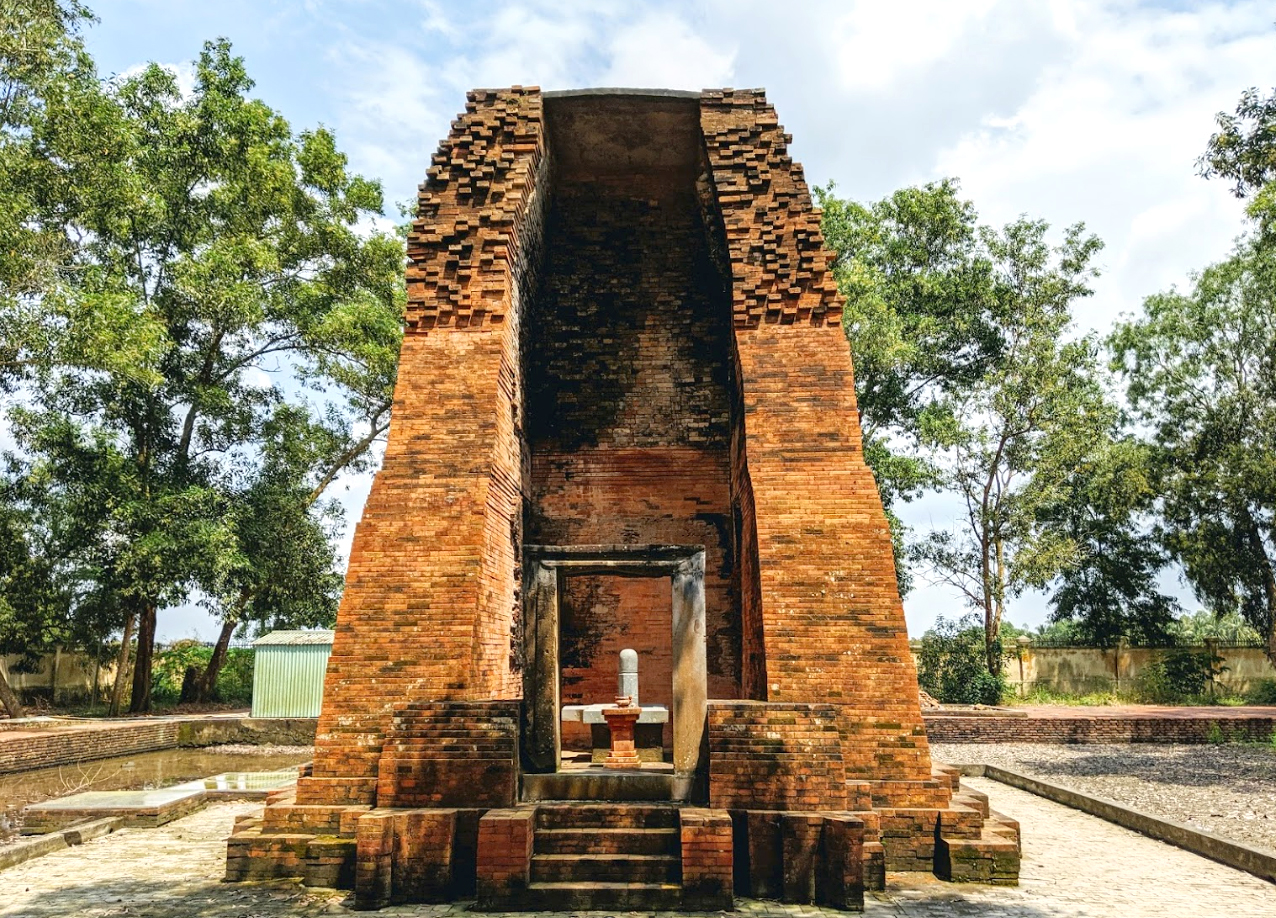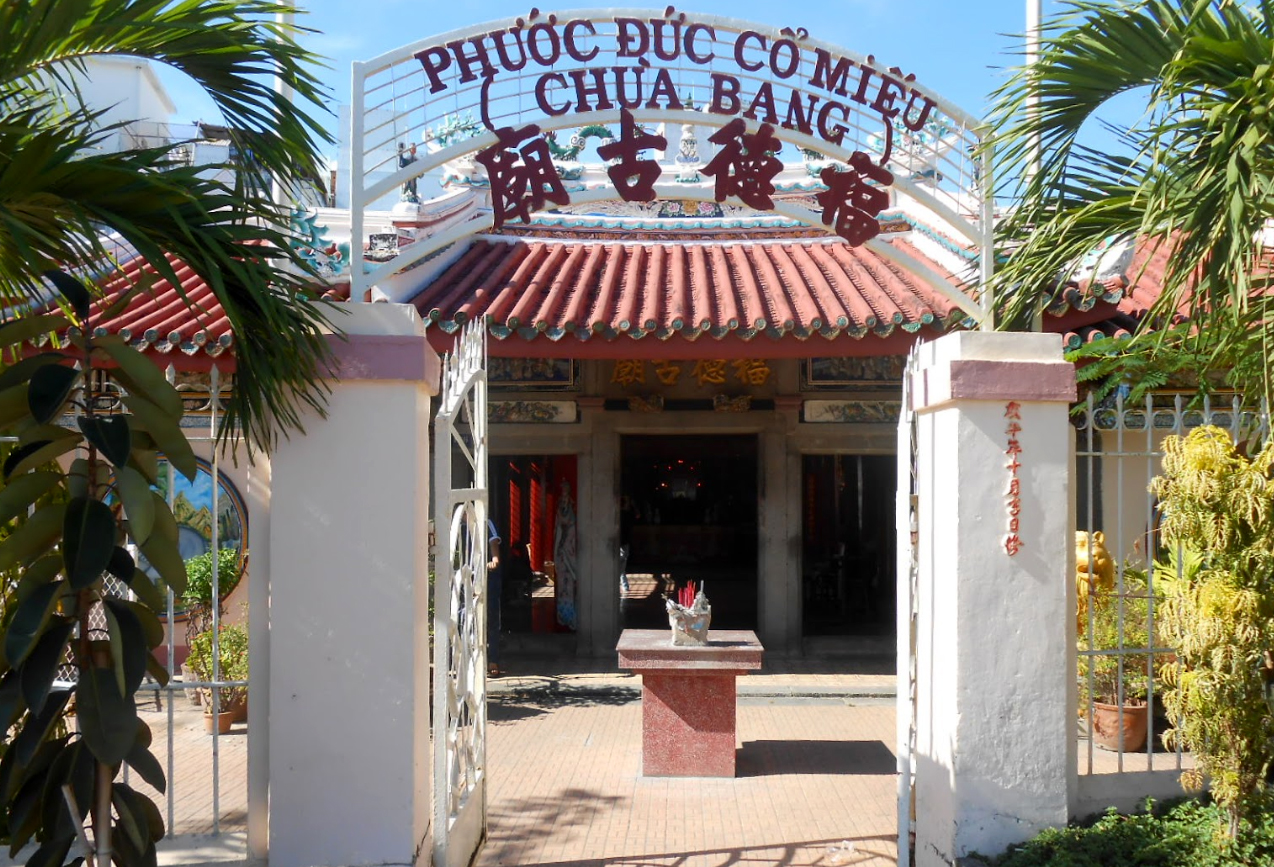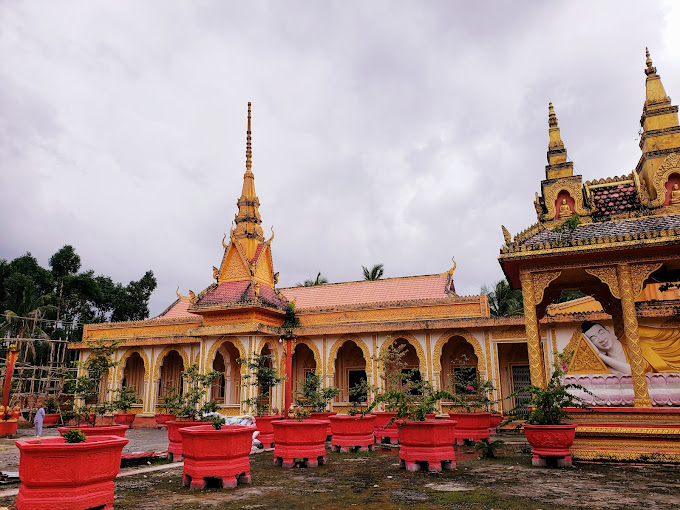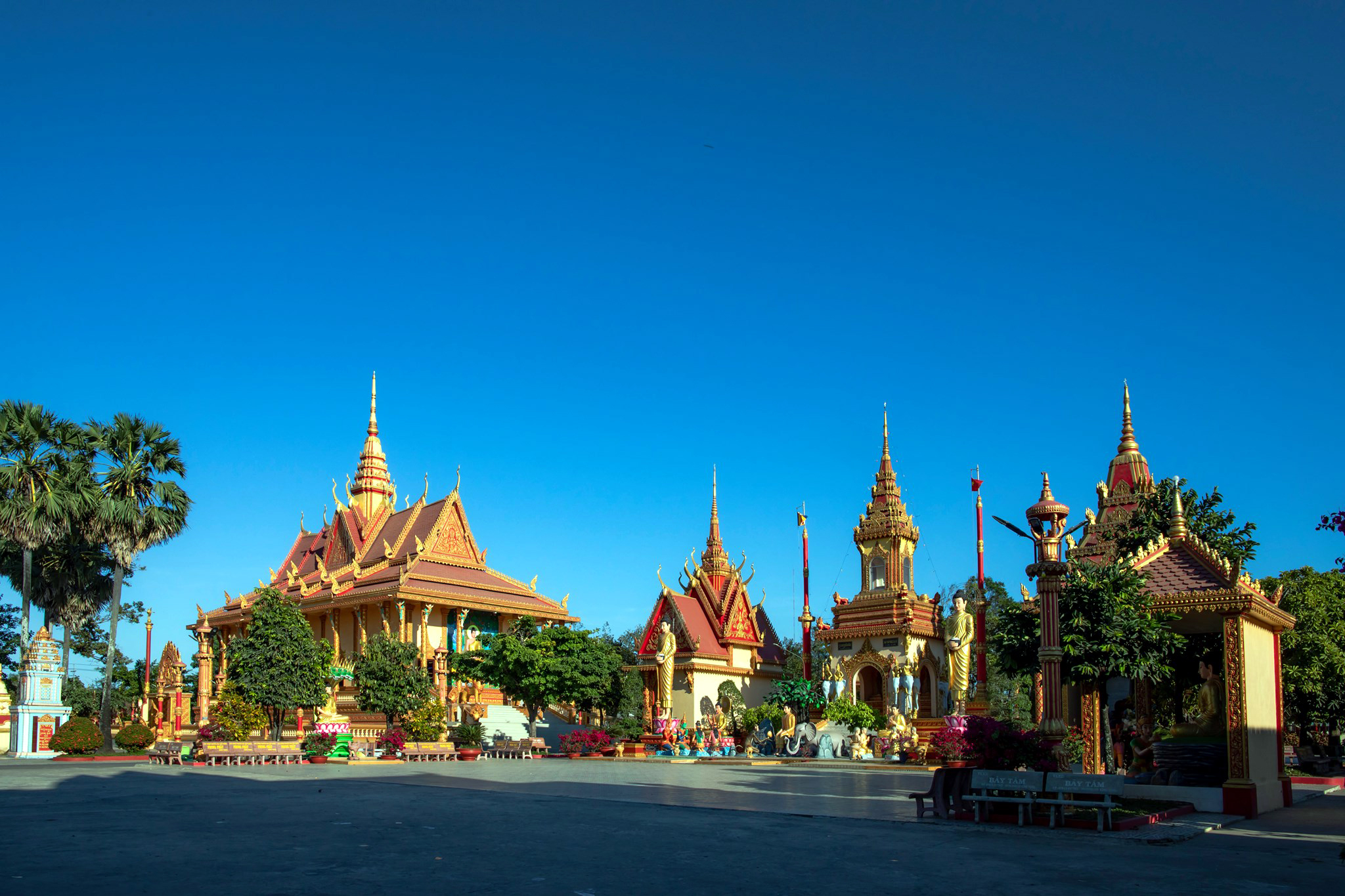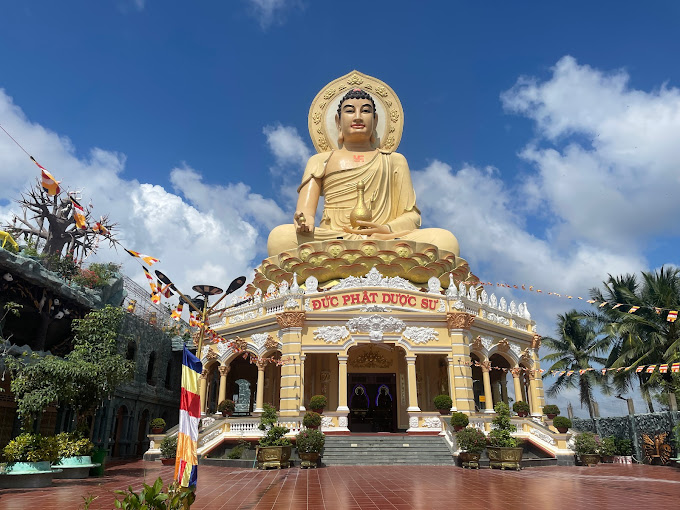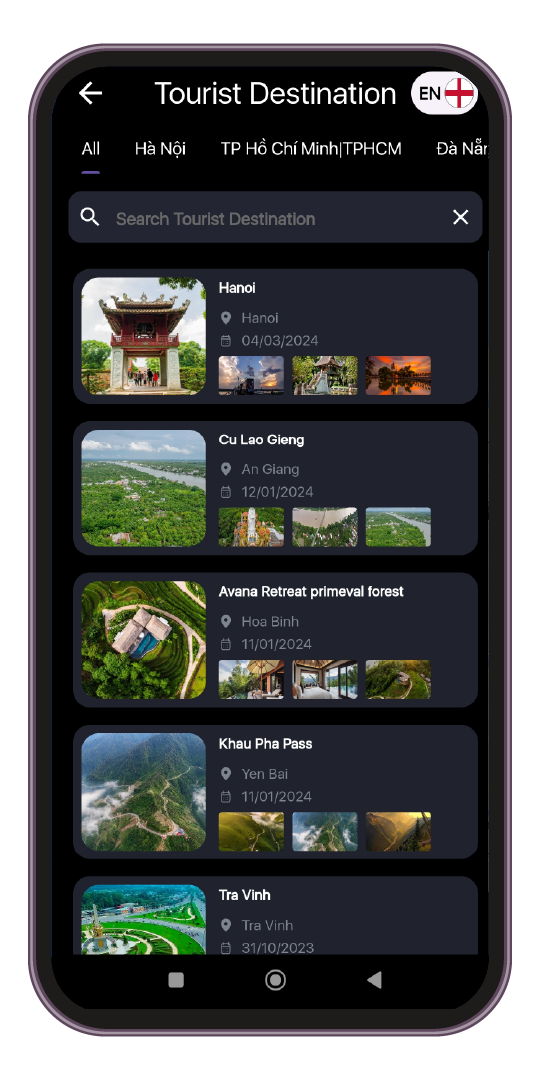It doesn't stand out with its fine white sand beaches stretching along the clear blue water like Nha Trang, Vung Tau,... but Bac Lieu sea with one side salt water and alluvial silt brings a new flavor to the West. The south of our country creates a wild, rustic and equally interesting beauty. In terms of geographical location, Bac Lieu province is the land following Ca Mau province, forming the southernmost region of the country, all belonging to the Southwest region. Although quite remote, Bac Lieu is not inferior to other Western provinces in terms of tourist attraction because there are many famous attractions such as wind power fields, Nha Mat tourist area, Quan Am Nam Hai pagoda or Prince's house. Bac Lieu and the famous beach of the same name,... Traveling to the West and visiting these destinations, you will feel the beauty of the landscape, the architecture as well as the honesty and spontaneity of the people. people of the "land of fortune". The famous beach of Bac Lieu province is located along DT38 road. Located in Nha Mat ward, Bac Lieu city. This place is only about 10km from the city center so it is very convenient to move and combine sightseeing with many other famous tourist attractions in the inner city. If you want to go to this beach from Ho Chi Minh City and other provinces, you can choose one of two main means of transport: motorbike and passenger car. Departing from Ho Chi Minh City to Bac Lieu, it will take you about 6 hours to travel the 280km long road. If you choose to ride a motorbike, you will be able to take the initiative in your journey and have the freedom to stop and admire the scenery to take photos any time you like. Because along the way, there are many beautiful scenes typical of the West such as golden rice fields or fruit gardens or many bustling floating markets in the early morning like Nga Bay Hau Giang floating market. If traveling by motorbike, you can climb the following route. First depart from Binh Chanh and then go to Binh Thuan intersection. Then visitors turn onto National Highway 1A and continue moving about 30km to reach Tan An bridge in Long An province. You continue to reach Tien Giang province, pass the My Tho city welcome gate and head to National Highway 1A, go about 65km further to reach My Thuan bridge. Crossing this bridge will reach Vinh Long province. You continue to move about 33km more to reach Can Tho bridge. Coming here, tourists continue to drive another 110km long to reach Nga Bay Hau Giang area. The journey is about to end because you only need to go through Soc Trang province a little further to reach Bac Lieu city. At this time, go about 10 km more to reach Bac Lieu beach. If traveling by bus, the simplest way is to take the bus from the Western bus station in Ho Chi Minh City to Bac Lieu. Bus ticket prices range from 160,000 VND - 300,000 VND/person depending on the type of car. With this way of traveling, you only need to get on the bus and get some sleep before arriving at your destination because the travel time is about 6 hours. Traveling to Bac Lieu and checking in to the beach of the same name by bus is quite convenient because it saves you time and keeps your health, but in return it will not bring you as many experiences as riding a motorbike, so it depends on the situation. health and schedule of your choice. Once arriving at Bac Lieu Bus Station, visitors just need to get off the bus and take a motorbike taxi to the beach, the price is only about 20,000 VND. Source: luhanhvietnam.com.vn
Bac Lieu 2051 view Updating
Ngày cập nhật : 01/04/2023


 vn
vn en
en ja
ja ko
ko zh
zh


















